The Best Things to Do in Belém (Brazil) Plus A Day-by-Day Itinerary
Many foreigners who want to visit the Brazilian Amazon use Manaus, que capital of Amazonas, as their departing point. I’ve done that myself and it sure is a very interesting city, surrounded by amazing forests. But if you get the chance to go to Pará, you’ll get amazing nature and also one of the richest cultures in Brazil. There are many cool things to do in Belém, its capital city. I enjoyed it so much I came back there to explore a different part of the state, Alter do Chão—which I’ll talk about in another article.
In this article, I’ll share what captivated me the most about the city, give tips on what to do in Belém in three days or more, and talk about where to stay with great value for money (or even for free!).
You might also like these articles:
Where to stay in Belém do Pará (Brazil)
Brazil travel tips: Insider advice from a local nomad
41 free things to do in Rio de Janeiro
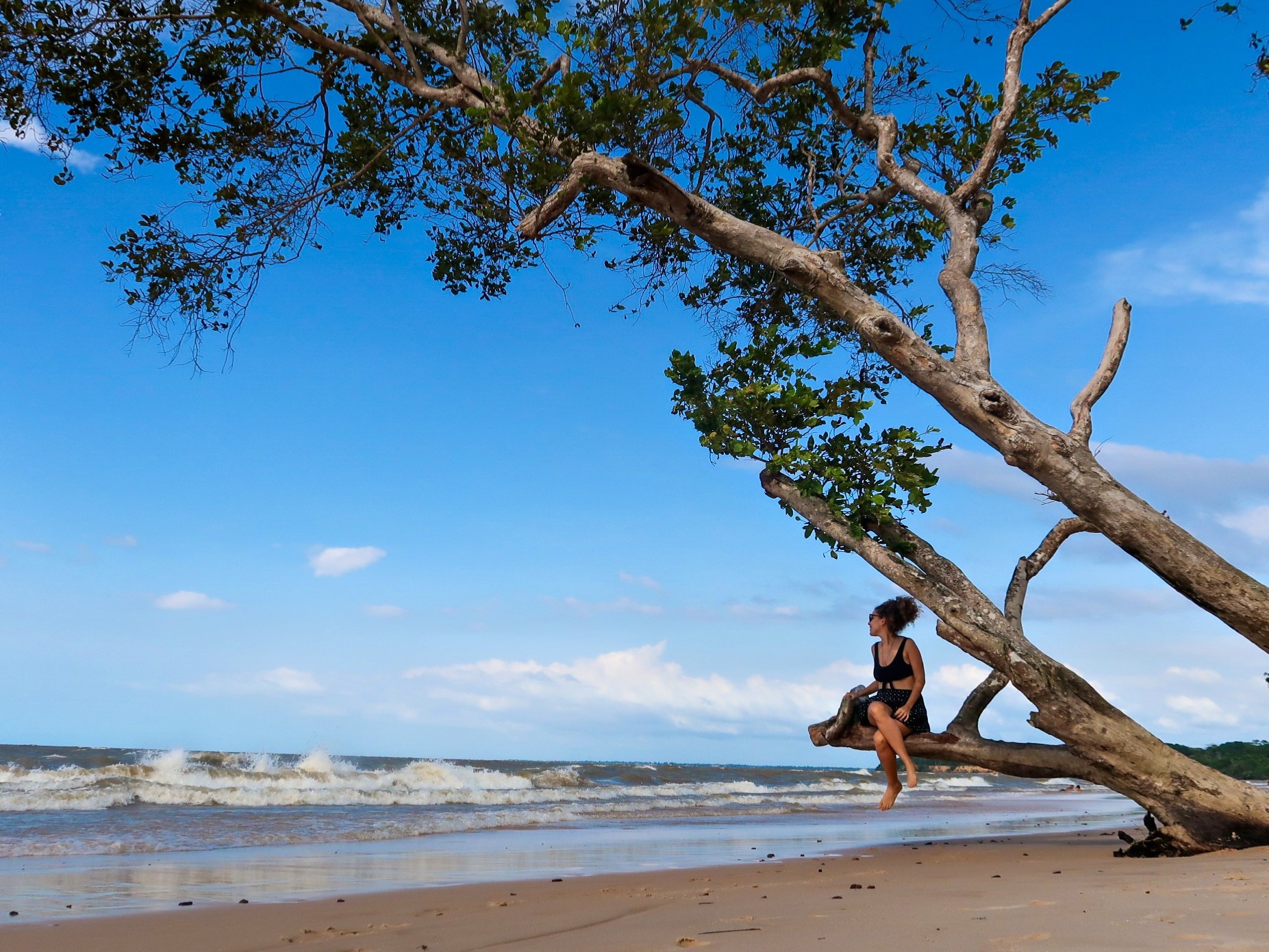
Best Things to Do in Belém do Pará: Tourist Attractions
Let’s start with some tips on the best things to do in Belém. After that, I’ll share an itinerary suggestion for a 3- or 4-day trip based on my own experience as a Brazilian traveler and journalist (not some AI’s ideas).
Keep in mind that prices and other practical details mentioned in this guide can change at any time, so it’s a good idea to double-check before you go. Another tip is to verify opening hours—museums are usually closed on Mondays, for instance.
Estação das Docas (Docks Station)
Estação das Docas is one of Belém’s main attractions. Although it’s not my personal favorite, I’ll start with it because it’s a versatile spot to visit at different times during your stay, including on your arrival day, if you’re feeling tired or still adjusting to the heat and humidity. After all, as the locals like to say, Belém has four seasons: summer, heat, stickiness, and baking. And here’s a spoiler: this place has air conditioning!
But let’s start from the beginning, shall we? Estação das Docas is a set of former port warehouses converted into a gastronomic and cultural hub, similar to what’s been done in places like Buenos Aires (Argentina). I think this is a great way to revitalize and breathe new life into deteriorated, once-dangerous port areas.
There, you can enjoy views of Guajará Bay while sipping on ice cream or a cold beer or savoring traditional dishes from Pará. Inside the warehouses, you’ll also find small artisan shops and spaces that are used for fairs and exhibitions.
If you’re suffering from the heat, take advantage of the air-conditioned indoor areas. But I actually think that the best option is grabbing an outdoor table to watch the sunset while tasting Amazon Beer’s craft brews. Another highlight at Estação das Docas is Cairu, a famous ice cream shop with local flavors like the delicious mestiço (a mix of tapioca and açaí).
Restaurants with the best views and ambiance tend to be pricey—very tourist-oriented. But if you’re looking for more budget-friendly options, check out the first floor. I found a snack bar offering a burger and fries combo for just R$10. Oh, and there’s also a boat tour that departs from there and takes you along the river. I haven’t done it, but it’s worth checking it out.
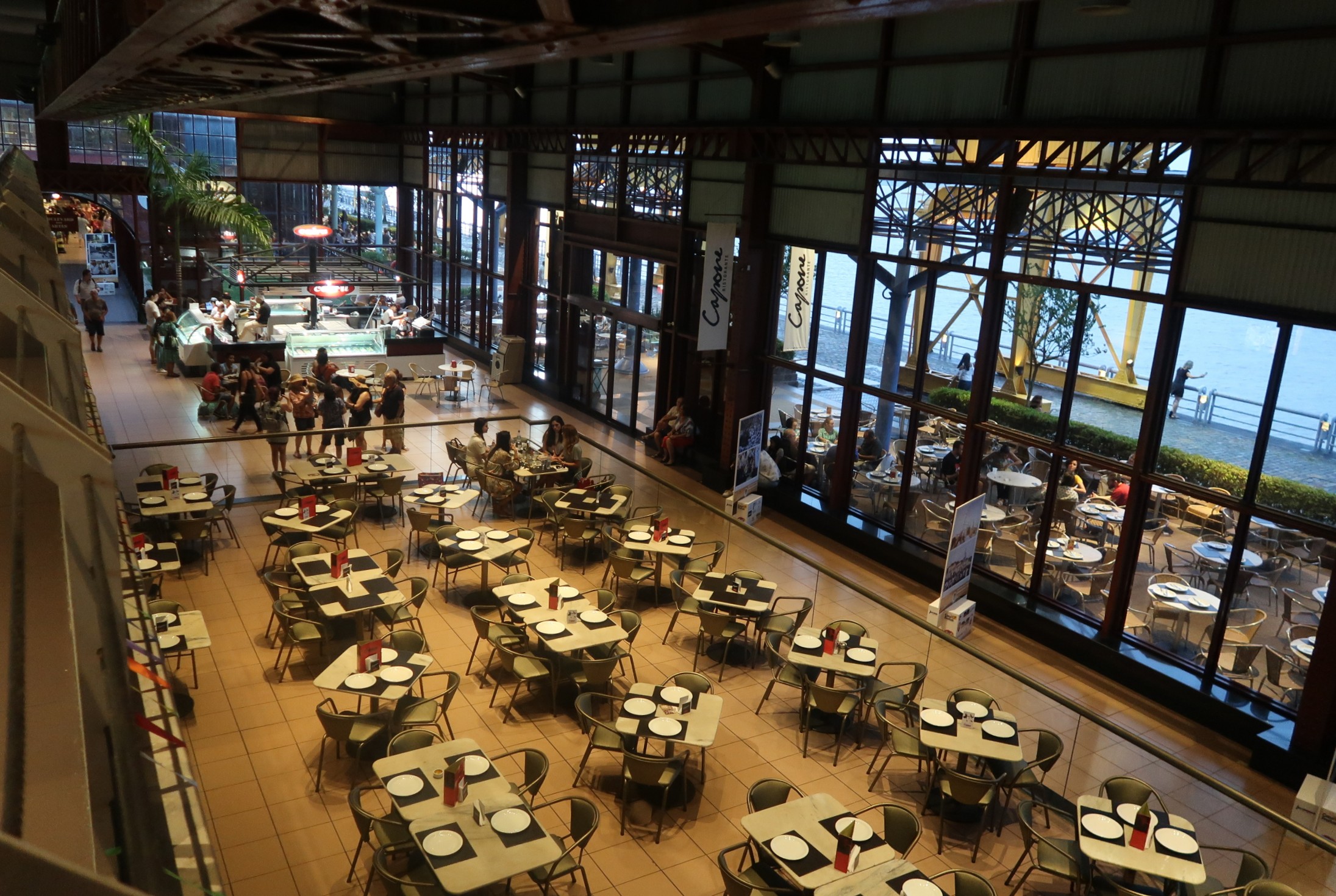
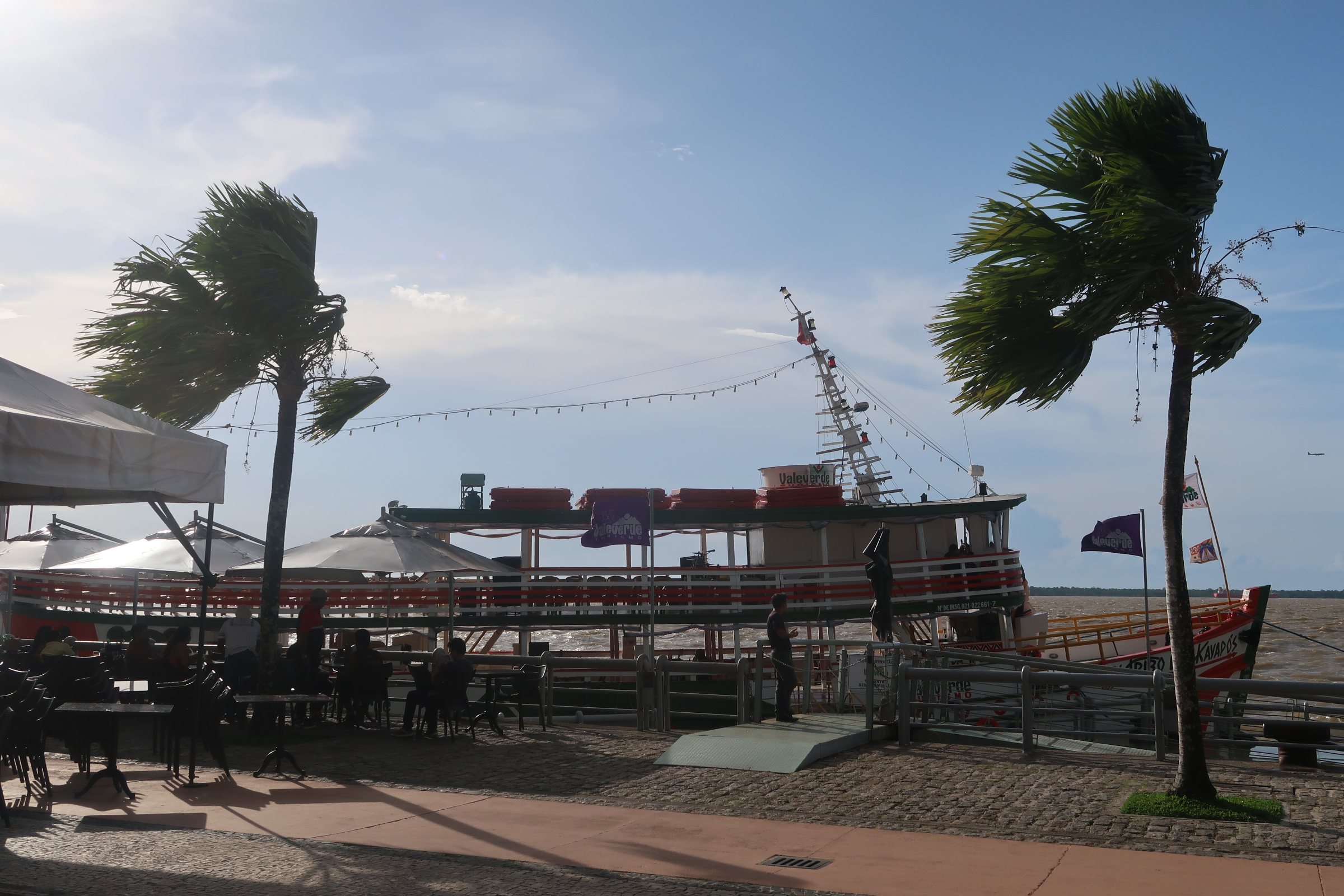
Ver-o-Peso Market
Another must-see spot on any list of things to do in Belém is the famous Ver-o-Peso Market. I might be biased because I never miss visiting a public market wherever I go, but I highly recommend adding this place to your priority list. Yes, it’s messy, noisy, and a bit gritty, but that chaos reveals a lot about the city’s soul.
Inaugurated in 1901, the Ver-o-Peso Market got its name because it originally housed a checkpoint where the Portuguese weighed goods arriving via the bay to calculate the corresponding taxes (Ver o Peso would be literally translated as “to watch the weight”).
Here, you’ll find a mix of fresh fish, vegetables, Amazonian fruits, drinks made of jambu (a local plant known for its mouth-numbing and tingling effect), tucupi (a yellow sauce extracted from wild cassava root), and countless varieties of manioc flour I had never seen before (even though we’re also big fans of manioc in my region, the Northeast).
You’ll also find beautiful, affordable handicrafts. Not to mention the many herbs for traditional aromatic baths based on ancestral knowledge, and small bottles filled with colorful liquids—they’re like “magical potions” that promise to bring you luck, money, love, healing, and just about anything you can imagine.
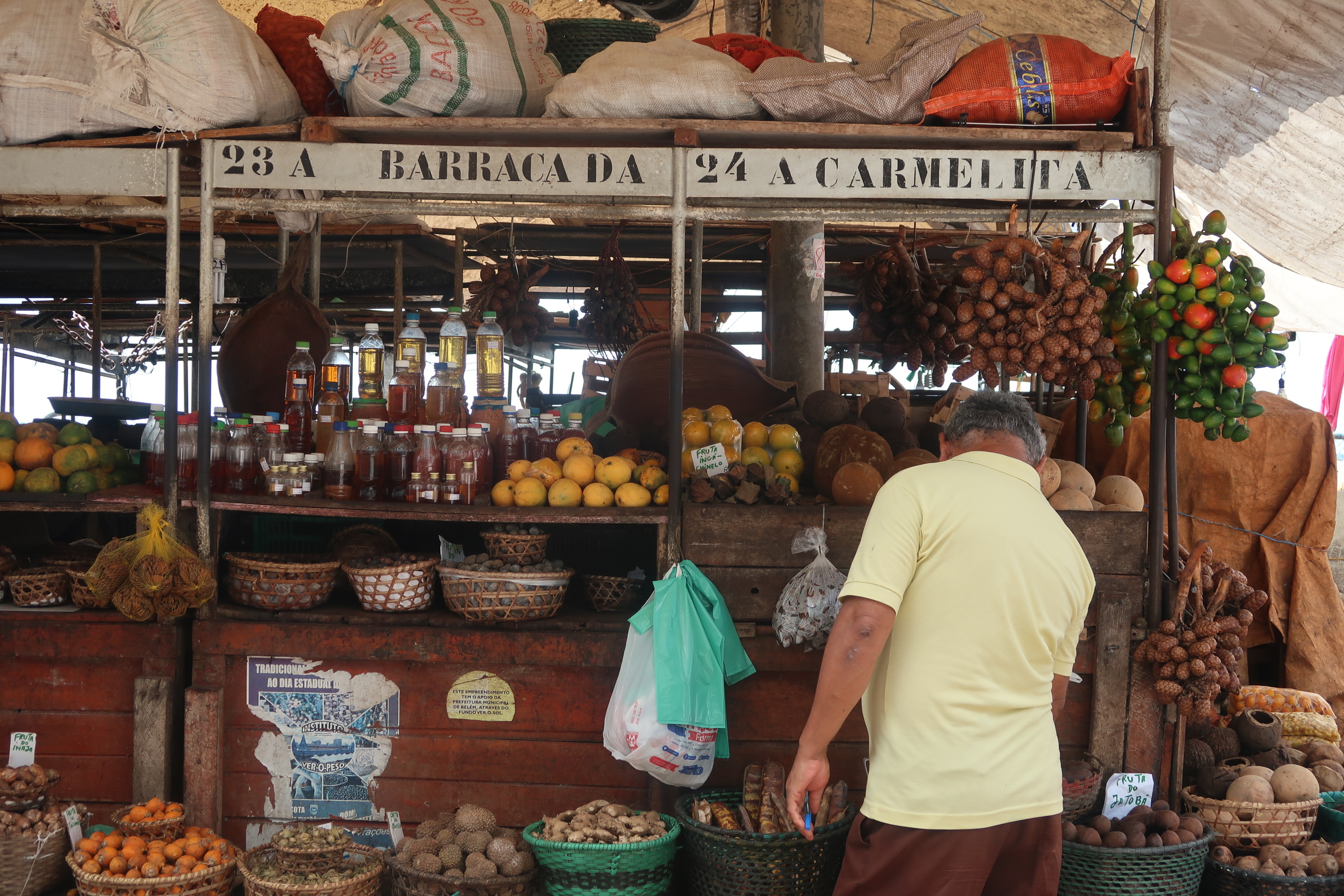
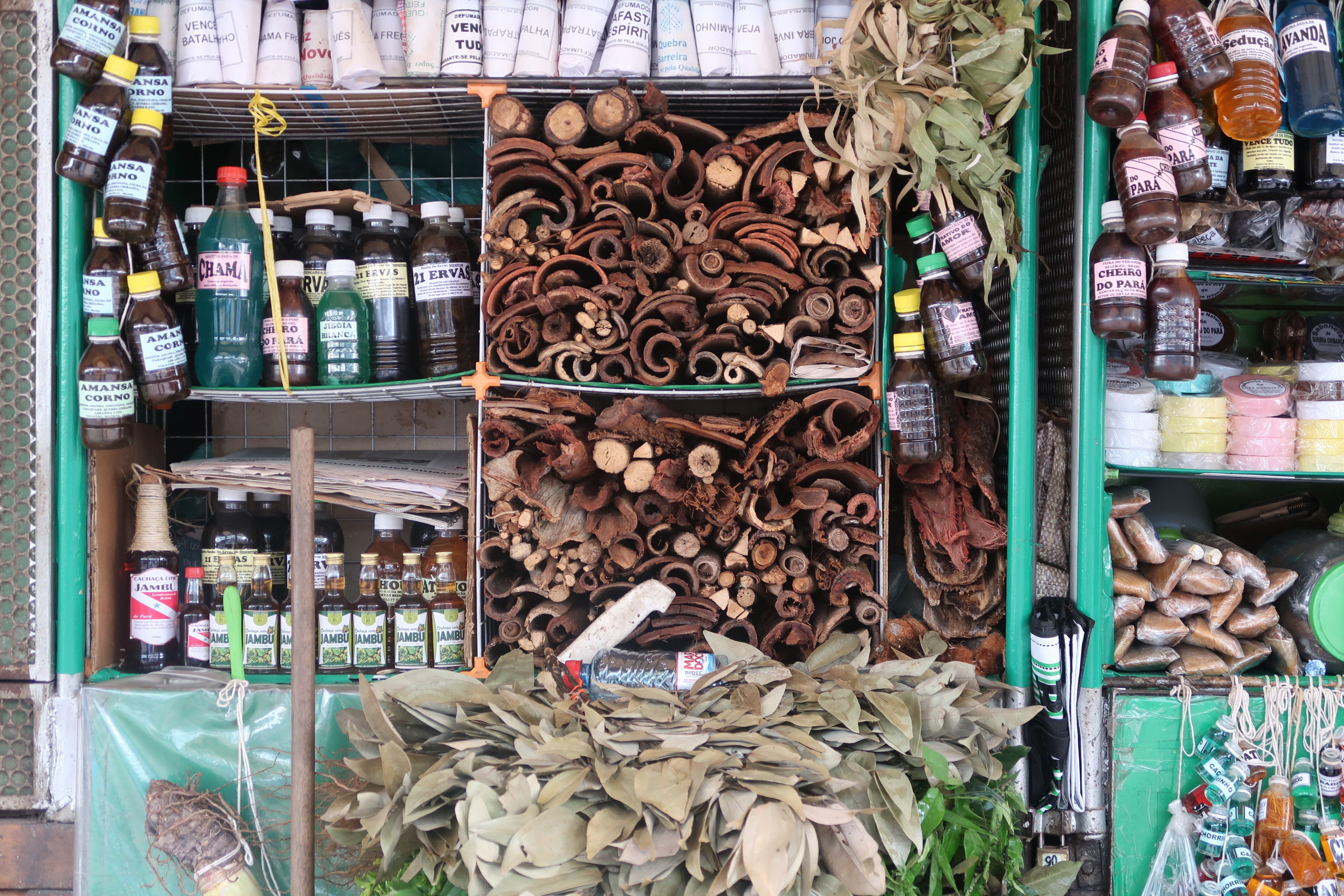
After walking through all the stalls, head to the food court area and pick a kiosk to grab a bite. Everyone recommended Lúcia’s stall (box da Lúcia), where I ordered a delicious filhote fish with shrimp sauce.
It was meant for one person, but I thought it was easily enough for two, with plenty of shrimp. I also had a large glass of bacuri juice—a fruit I’d never tried before.
Oh, and if you’re up for an early start, consider getting to the market before sunrise to watch the unloading of açaí, which arrives during the night. I didn’t do it, but I think it’s quite an impressive sight.
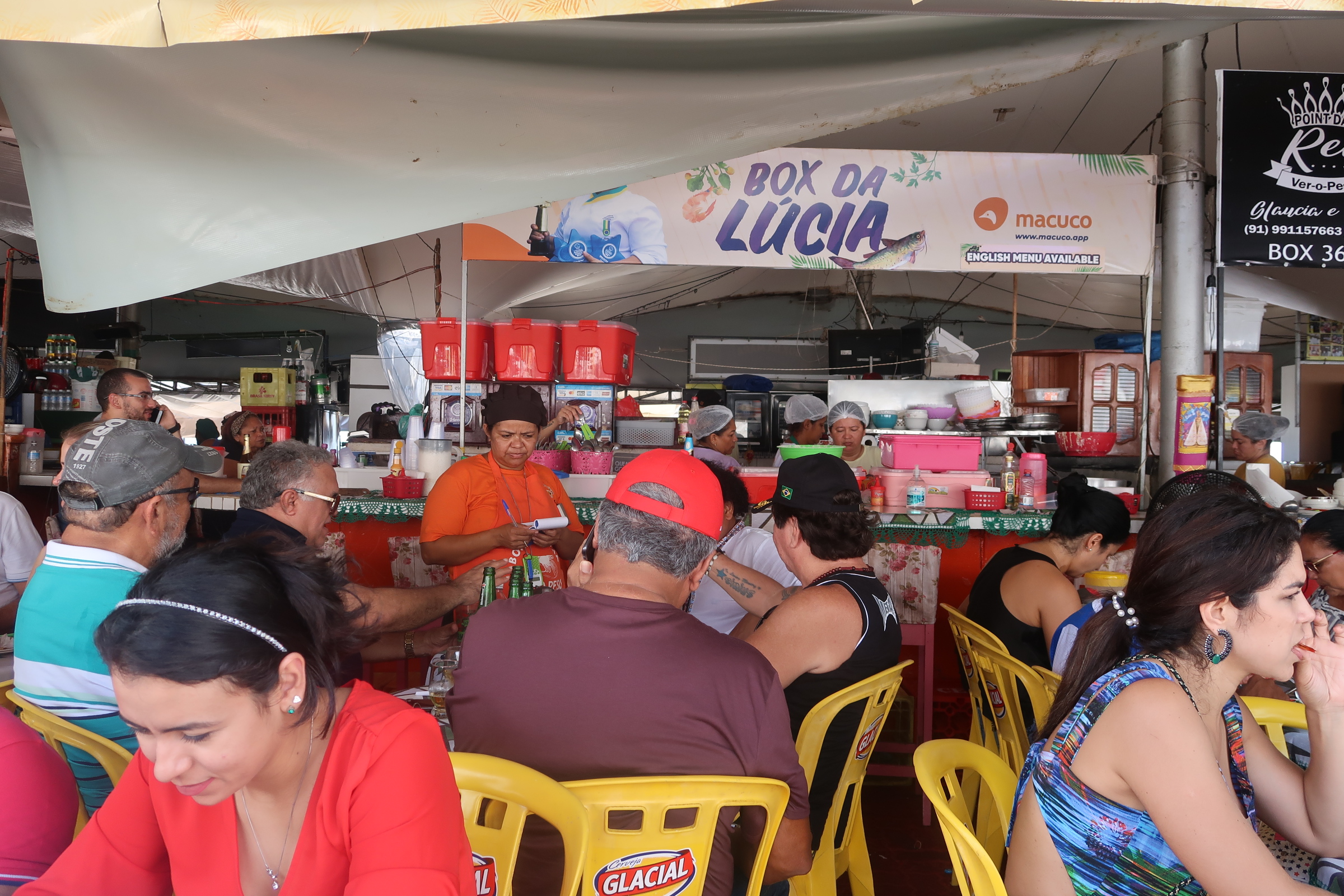
Meat Market (Mercado da Carne)
Right near Ver-o-Peso, within the same architectural complex, you’ll find the Francisco Bolonha Municipal Market, better known as the Meat Market (Mercado da Carne). It’s worth visiting even if you’re not particularly interested in the products sold there (which include more than just meat, despite the name).
The market’s fame comes from its architecture: the exterior has a neoclassical style, while the interior features Art Nouveau details, with impressive iron panels. The central staircase is stunning. Oh, and you’ll also find food kiosks there selling full meals if you don’t fancy eating in the craziness of Ver-o-Peso.
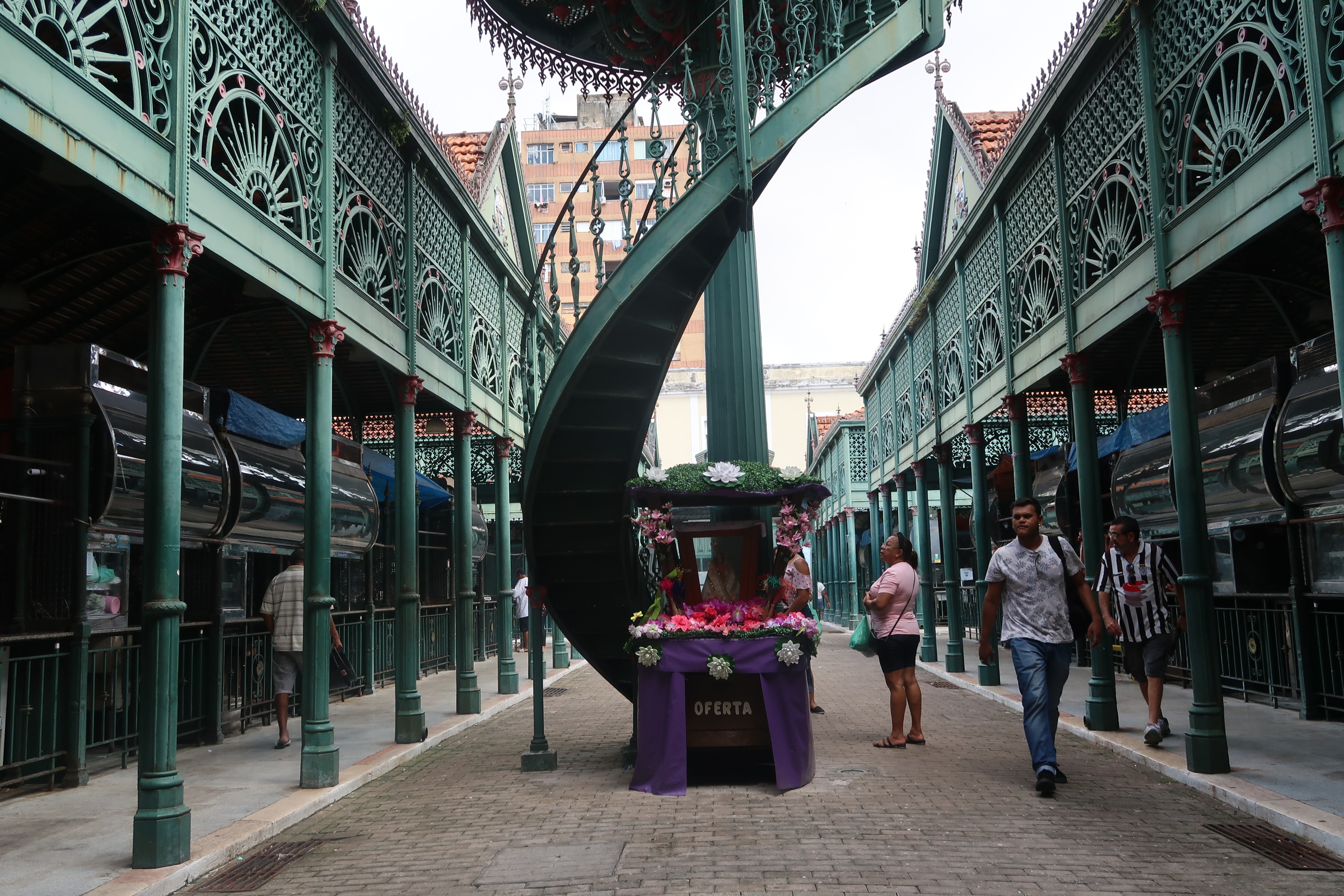
Cultural Space Casa das Onze Janelas
Leaving Ver-o-Peso, a 10-minute walk will take you to the Feliz Lusitânia Complex, a group of historic buildings converted into museums.
The first one I visited was Casa das Onze Janelas (House of Eleven Windows), an 18th-century mansion that once belonged to a sugar mill owner, later served as a military hospital, and today functions as a modern and contemporary art museum focused on the North and Northeast regions of Brazil.
This cultural space was inaugurated in 2002, and the entrance fee was very affordable when I visited (only R$ 4). I found the collection quite small but interesting. I especially enjoyed a photography exhibit showcasing scenes from local daily life, like workers unloading açaí at the port in the early hours of the morning.
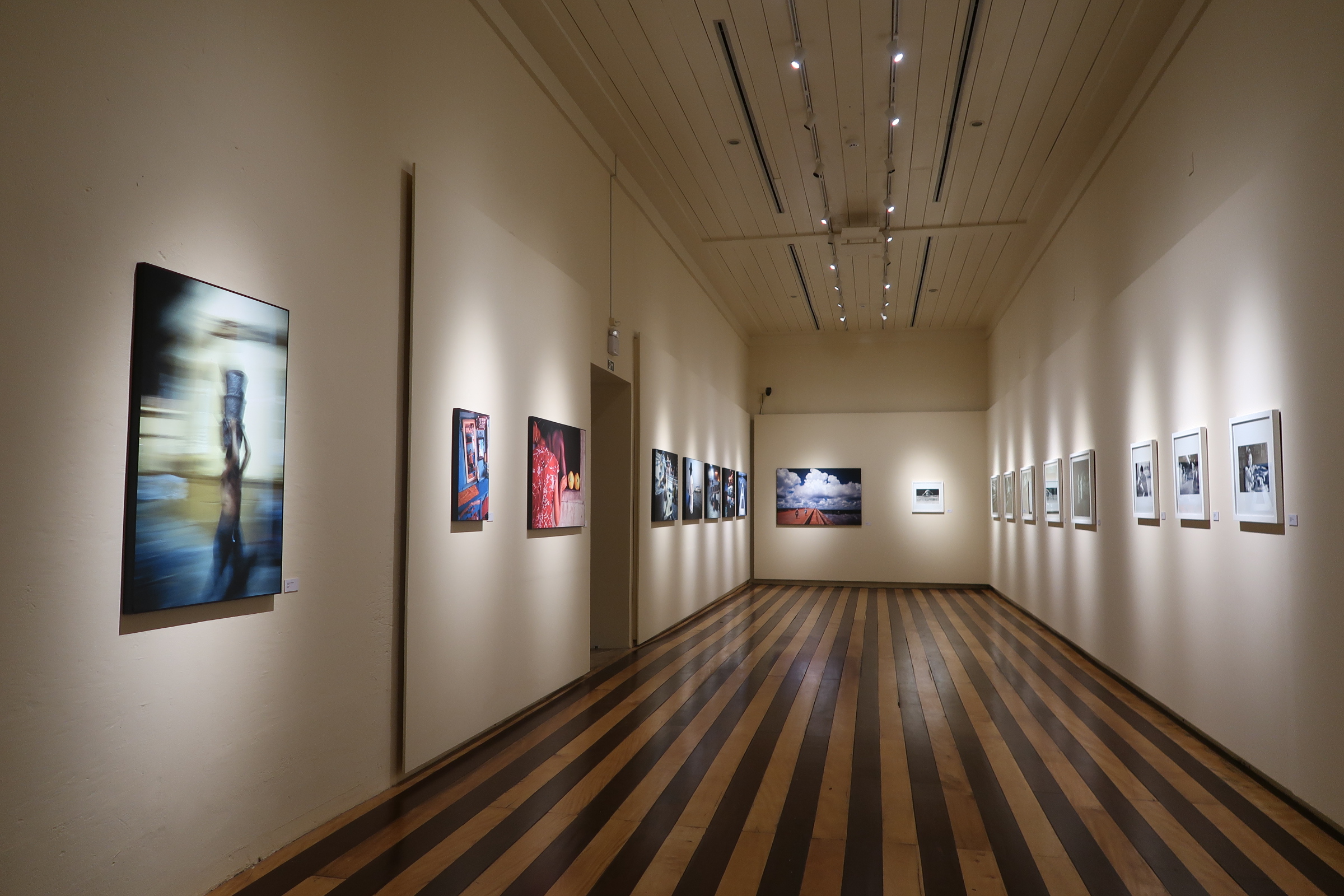
Presépio Fort and Museum of Encounters (Museu do Encontro)
Right next to Casa das Onze Janelas is another major tourist attraction in Belém: Presépio Fort (Forte do Presépio), built by the Portuguese in 1616 and considered the first construction in the city’s history. The best part of the fort, in my opinion, is the breathtaking view of Guajará Bay and the market area.
But there’s more—inside the fort is the Museum of Encounters (Museu do Encontro), which explores the history of Portuguese colonization in the Amazon. The exhibition is divided into three sections:
- Pre-Contact: showcasing the lives of Indigenous peoples before the arrival of colonizers;
- Contact: detailing the arrival of the Portuguese, who brought diseases and erased local cultures through forced religious conversion;
- Post-Contact: illustrating how entire Indigenous communities were decimated.
It’s an important visit to better understand the Indigenous history of Pará.
The museum also displays examples of the famous Marajoara ceramics, which I got to learn more about when I visited Marajó Island (by the way, I highly recommend spending a few days there if you can). According to information at the museum, Marajoara ceramics have been produced since at least 1,500 B.C.—and they’re still being made today. Pretty impressive, right?
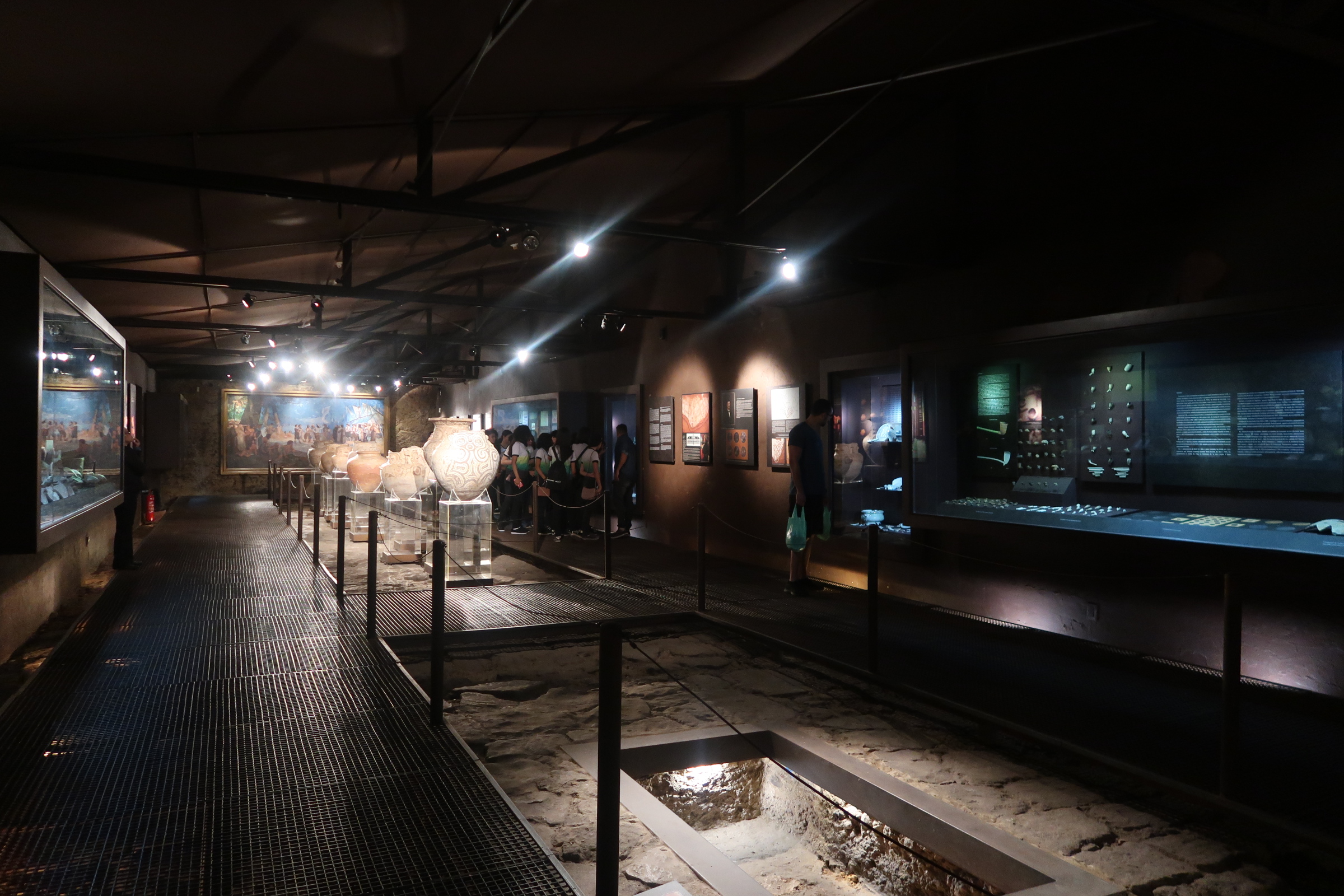
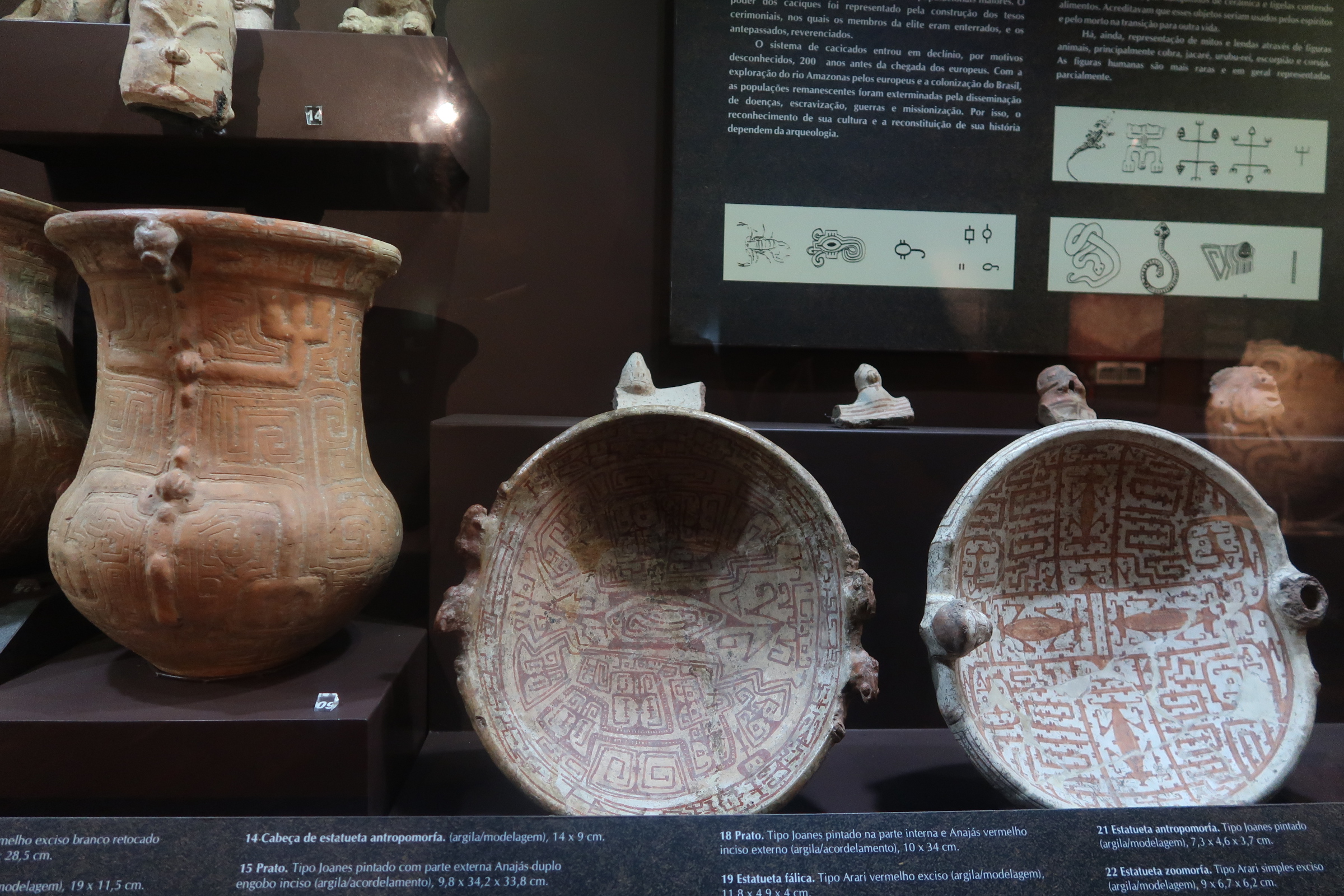
Círio Museum (Museu do Círio)
Nearby, you’ll find another favorite of mine among the things to do in Belém: the Círio Museum (Museu do Círio). It’s dedicated to the Círio de Nazaré, the largest religious event in Brazil, which gathers around 2 million people every year on the second Sunday of October.
I found it to be a beautiful (and colorful!) portrayal of the festival. It’s fascinating both for those who have never attended (like me) and, I imagine, for those who have participated or plan to, as it provides a deeper understanding of the event’s cultural and historical context.
The museum features a summary of the festival’s history:
“While walking through the forest near the Utinga Road (now Avenida Nazaré), a local man named Plácido found a small image of the Virgin of Nazaré on the banks of the Murutucu stream. He picked it up and took it to his humble hut, imagining the devotion that would spread throughout the region. However, the next morning, he woke up to find the image had disappeared. Rushing back to the spot where he had found it, he saw that the statue had mysteriously returned to its original place.
This event repeated itself several times until it reached the attention of the governor, who ordered the image to be taken to the chapel of the Government Palace, where it was kept overnight under the guard of soldiers. Even then, the image vanished once again and was found the next morning back by the stream, in its usual spot. Since then, the journeys of the Virgin’s ‘comings and goings’ have been commemorated and reenacted annually.”
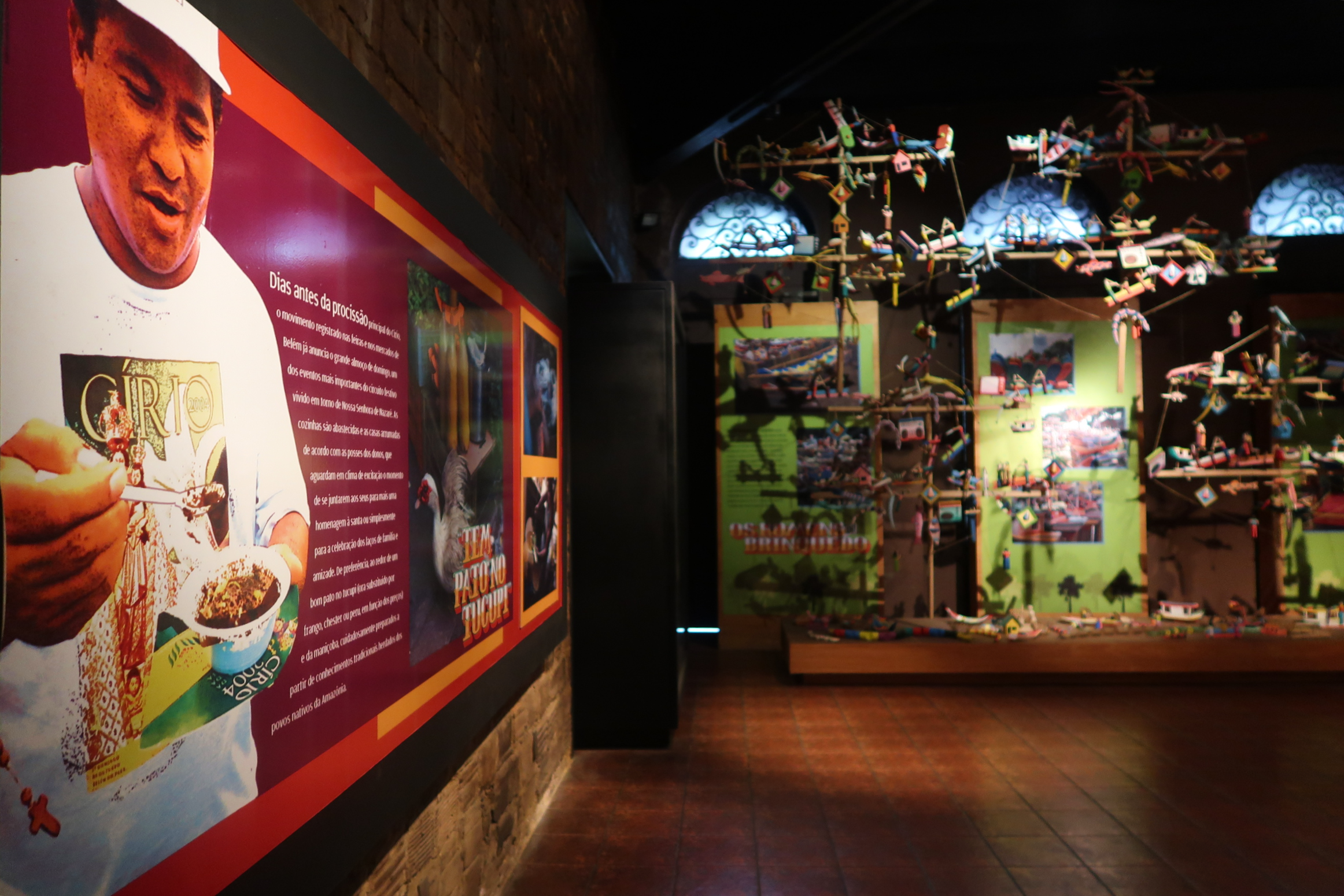
Mangal das Garças
One of the places that surprised me the most among the things to do in Belém was Mangal das Garças. This zoobotanical park, established in 2005, is located on the banks of the Guamá River, about a 20-minute walk from Ver-o-Peso Market and other attractions in downtown Belém.
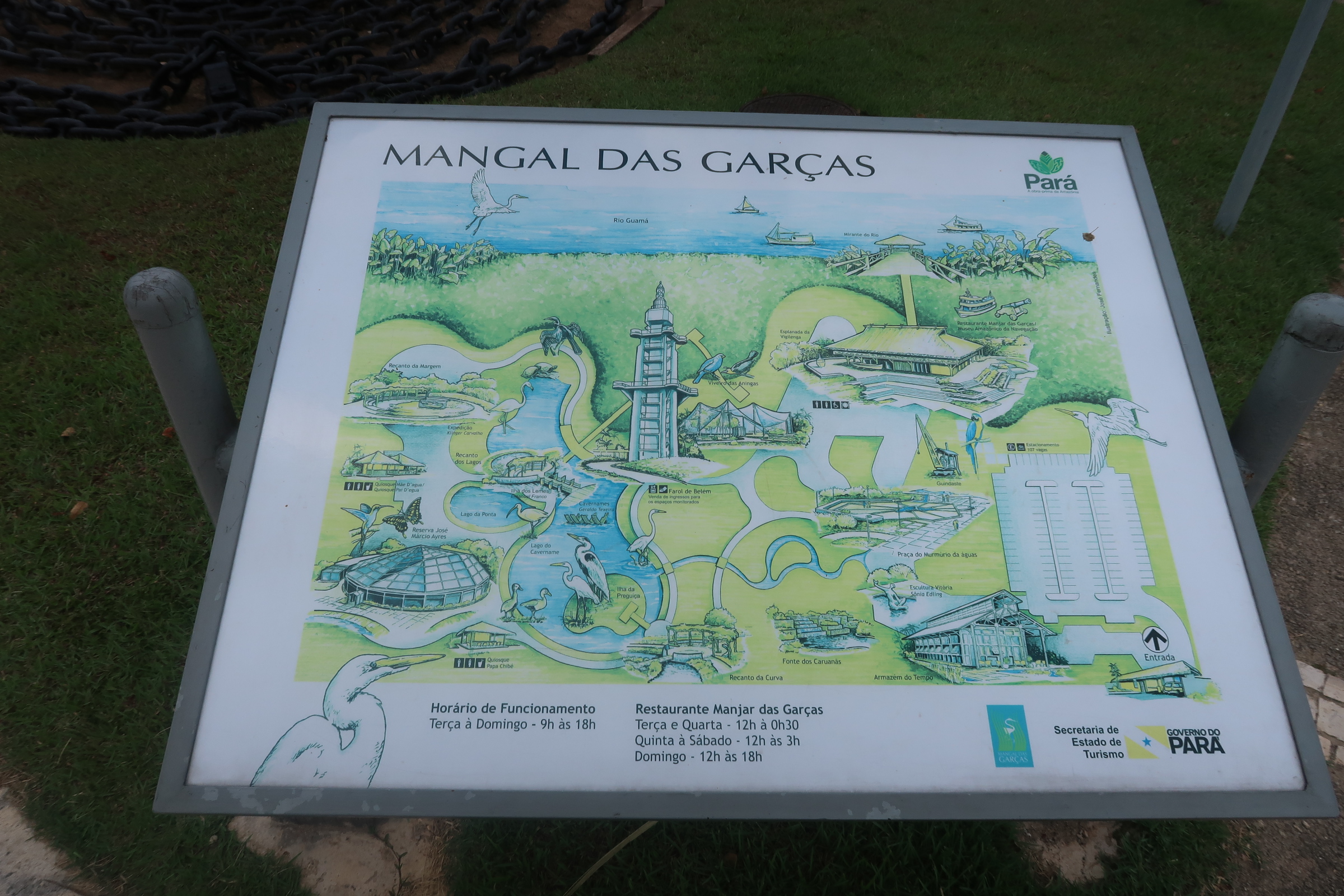
In addition to the elegant herons (garças) that give the park its name, you can admire beautiful plants, flamingos, various bird species, butterflies, and more. I recommend visiting with plenty of time to stroll around leisurely and catch the herons’ flight, which happens several times a day during feeding hours.
Admission to the park is free, but there’s a fee to access four enclosed areas inside. You can buy individual tickets for each attraction or a pass that grants access to all four at a discounted rate. Tickets are sold under one of the main features of the park: the Belém Lighthouse (Farol de Belém).
The Farol de Belém is a 47-meter (154-foot) tall metal tower with observation decks at two levels: 15 and 27 meters high (thankfully, there’s an elevator!). From the top, you’ll get a panoramic view of the entire park, the river, and different parts of the city. I loved this bird’s-eye perspective—it offers a completely different sense of Belém’s geography.
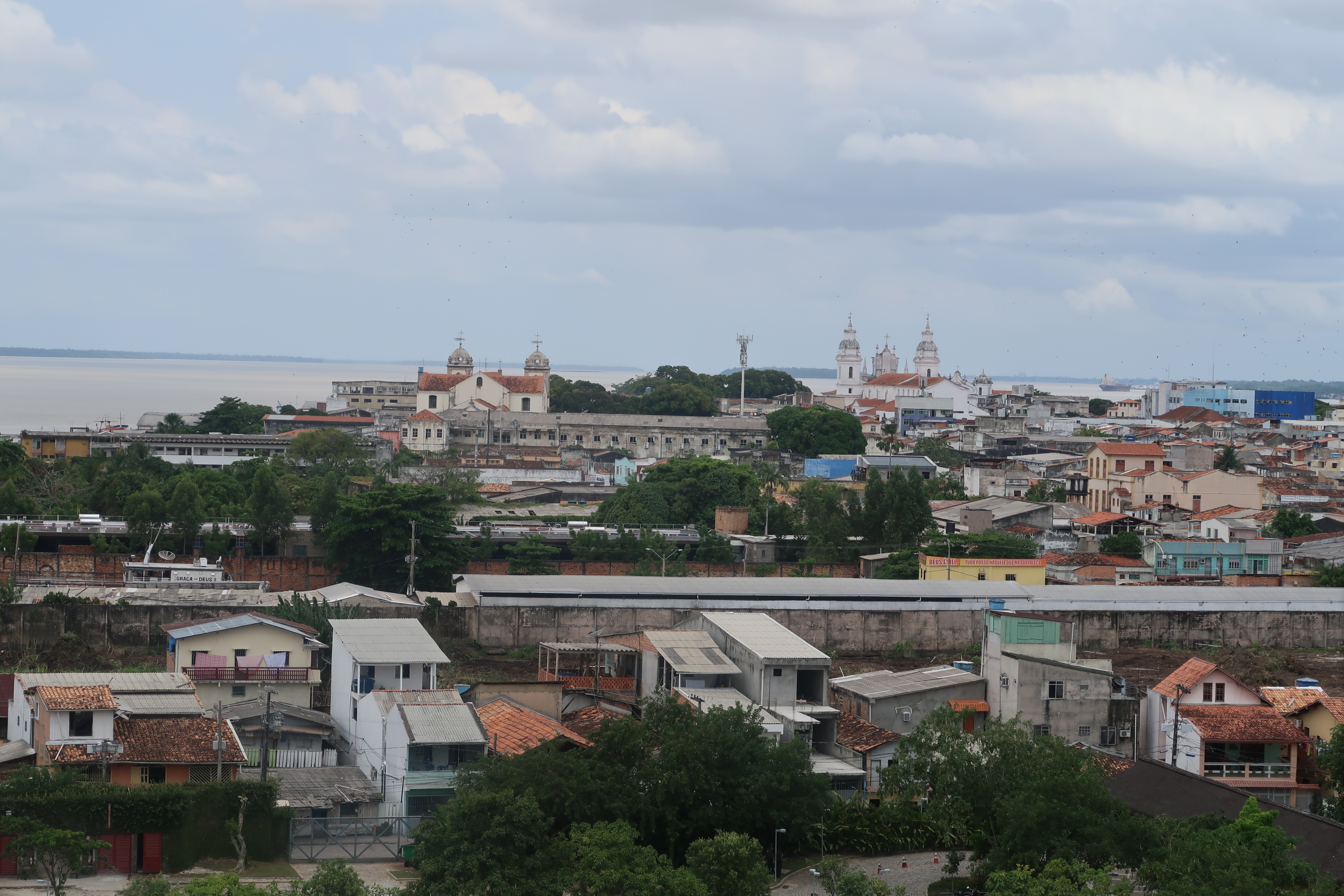
Speaking of scenic views, don’t miss the Mirante do Rio, a riverside lookout deck along the Guamá River, accessed via a walkway through the native vegetation. It’s peaceful, beautiful, and free to access.
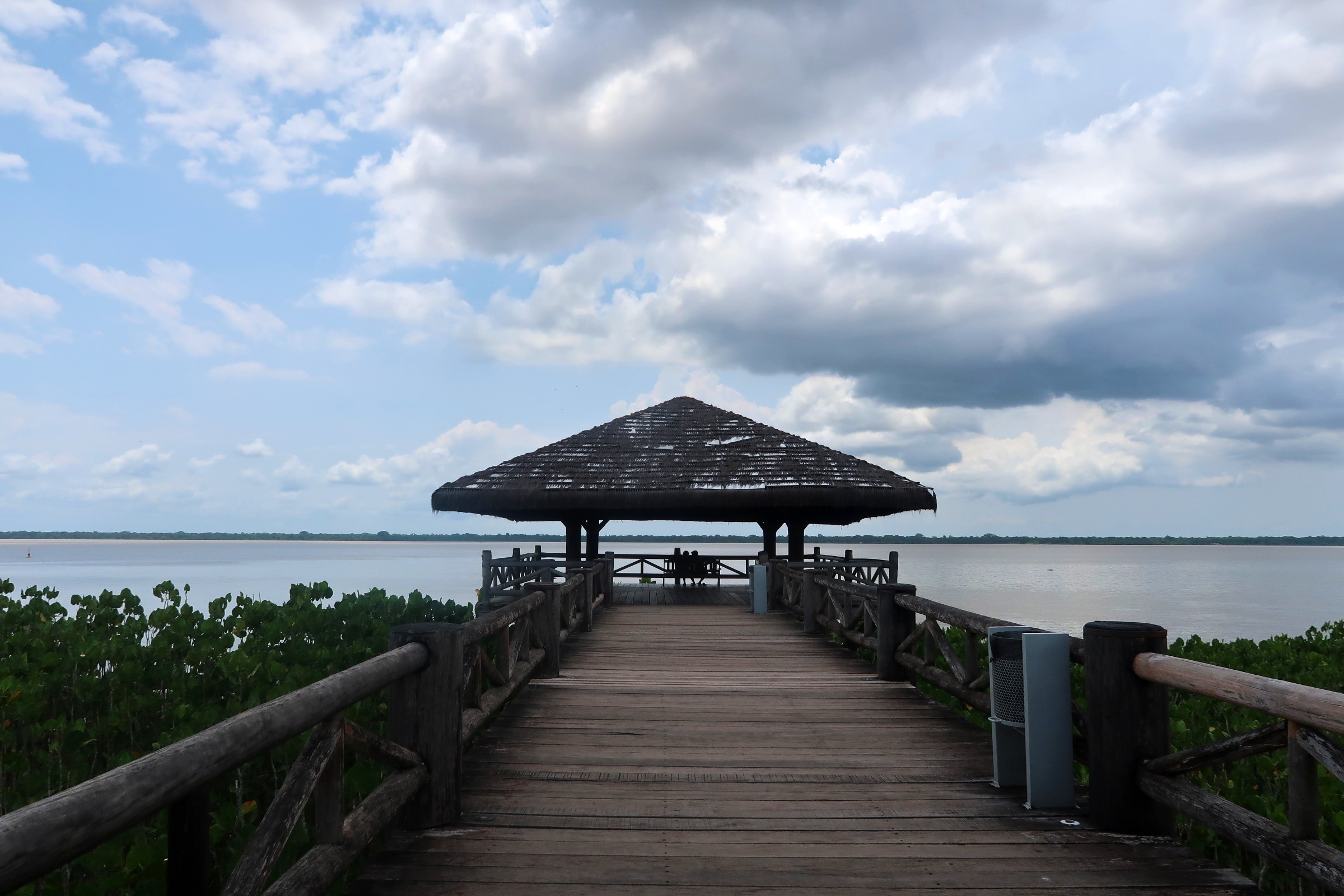
Other Paid Attractions Inside the Park
- Viveiro das Aningas (Aningas Aviary): Home to over 35 species of friendly birds. It’s a delightful space to observe these creatures up close.
- Reserva José Márcio Ayres (Butterfly Garden): A greenhouse-like space filled with butterflies and hummingbirds. I spent ages here, completely enchanted, only leaving when the humidity became overwhelming. It feels like a mini magical forest, with small waterfalls.
- Memorial Amazônico da Navegação (Amazonian Navigation Memorial): This was one of my favorite parts of the park. It showcases photos, informative texts, and different types of boats used in the region, illustrating the evolution of river transport in the Amazon.
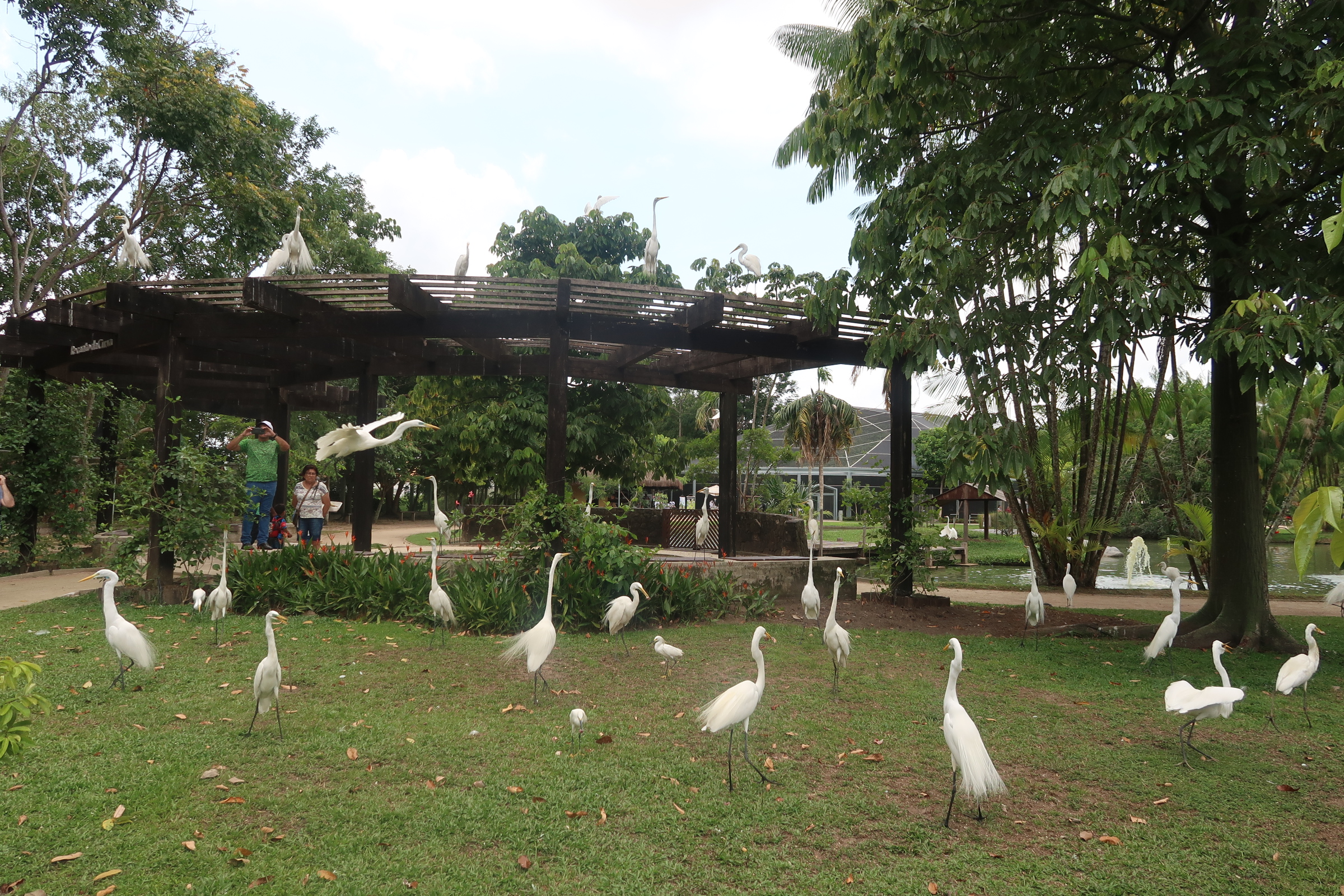
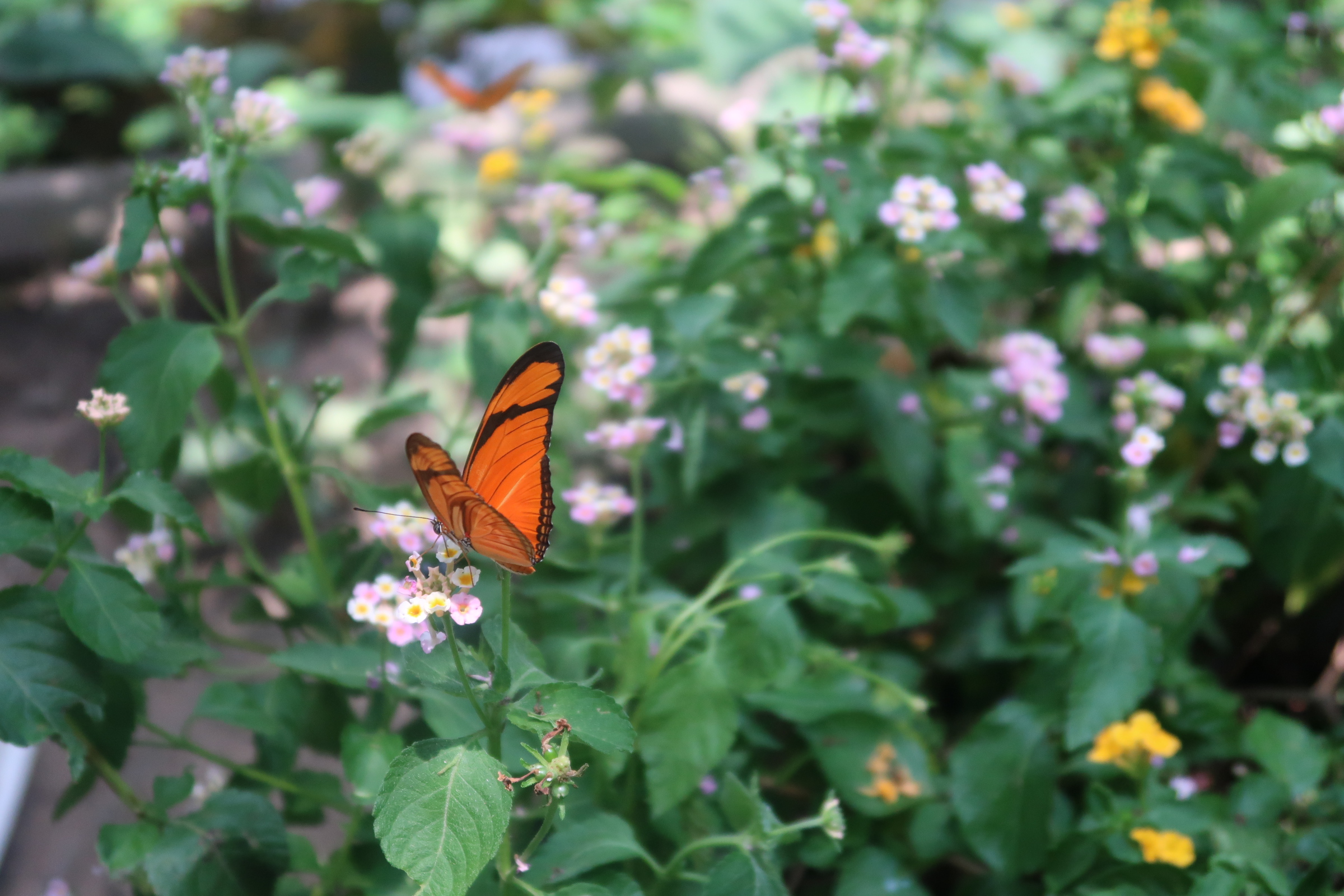
At the Memorial, I found it fascinating to learn how Indigenous peoples crafted their boats long before Europeans arrived—carving entire tree trunks and using controlled burns to hollow them out. Over time, Indigenous techniques blended with European ones, creating new methods of navigation.
It was here that I realized how challenging it must have been for the Portuguese when they first arrived in Brazil. They were skilled ocean navigators but had no knowledge of navigating the vast Amazonian river systems. They had to learn these techniques from Indigenous communities (yeah, the same they decimated).
Where to Eat Nearby
Inside the park, there’s a restaurant called Manjar das Garças, offering a buffet for lunch and an à la carte menu for dinner. Just outside the park, but within walking distance, there’s Restaurante e Bar Mormaço, which seems to have a great atmosphere if you’re looking to relax after your visit.
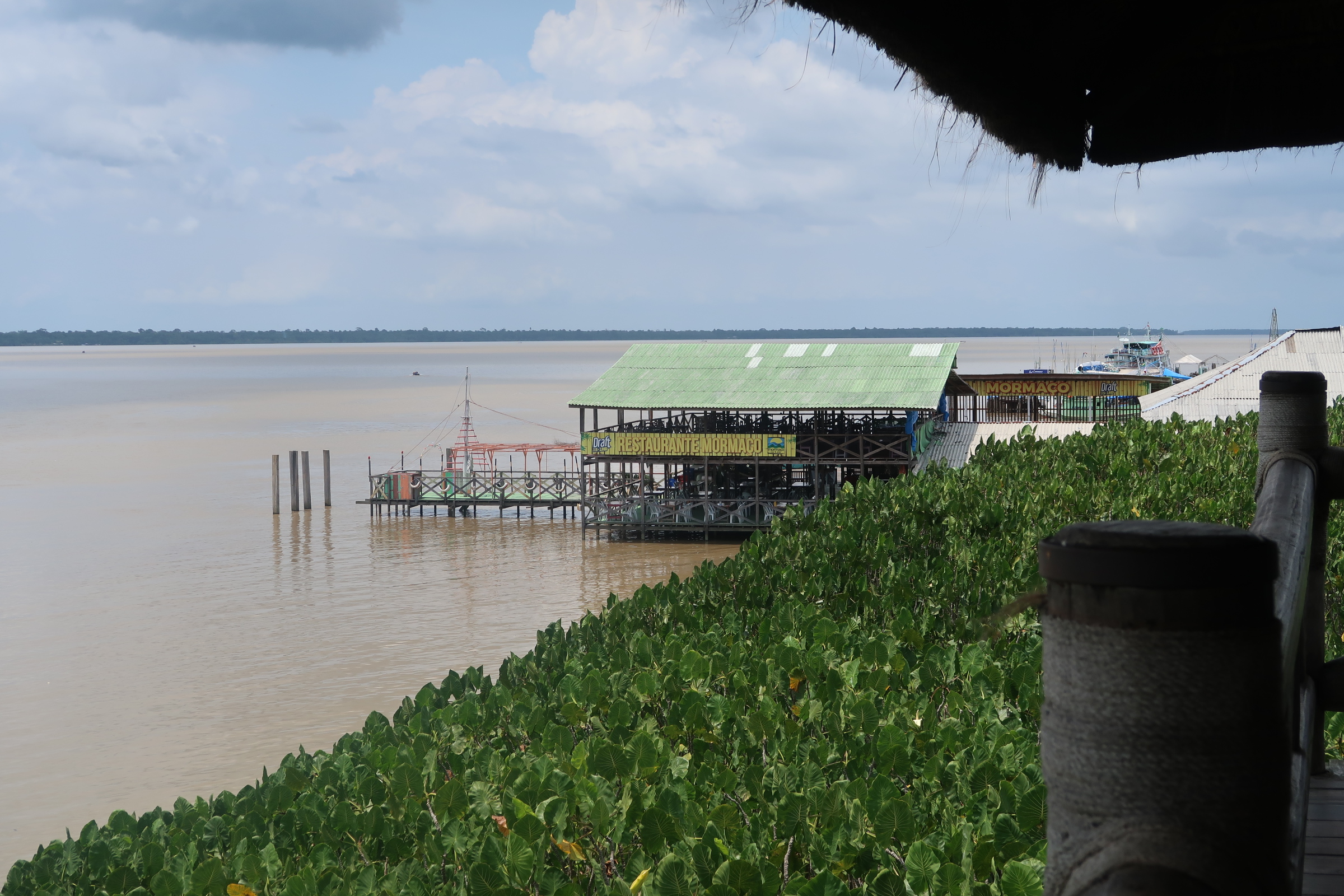
Ilha do Combu
We’ve now arrived at my TOP 1 on the list of things to do in Belém: visiting Ilha do Combu. It’s super easy to get there, yet it feels like you’ve been transported to an entirely different city. This is the fourth-largest island among the 39 that surround Belém, home to several dozen riverside families who make a living from fishing, açaí, cacao, and the restaurants along the island’s edges.
The restaurants are the destination of most tourists. They offer traditional local food and the chance to enjoy a refreshing river swim, which is why many locals also spend their weekends here with family or friends. I loved Ilha do Combu so much that I went twice: once to visit a restaurant and the second time for a chocolate tour.
Keep reading:
The best things to do in Alter do Chão, Pará
Brazilian Carnival: A local’s guide for visitors
The best things to do in Recife, Pernambuco
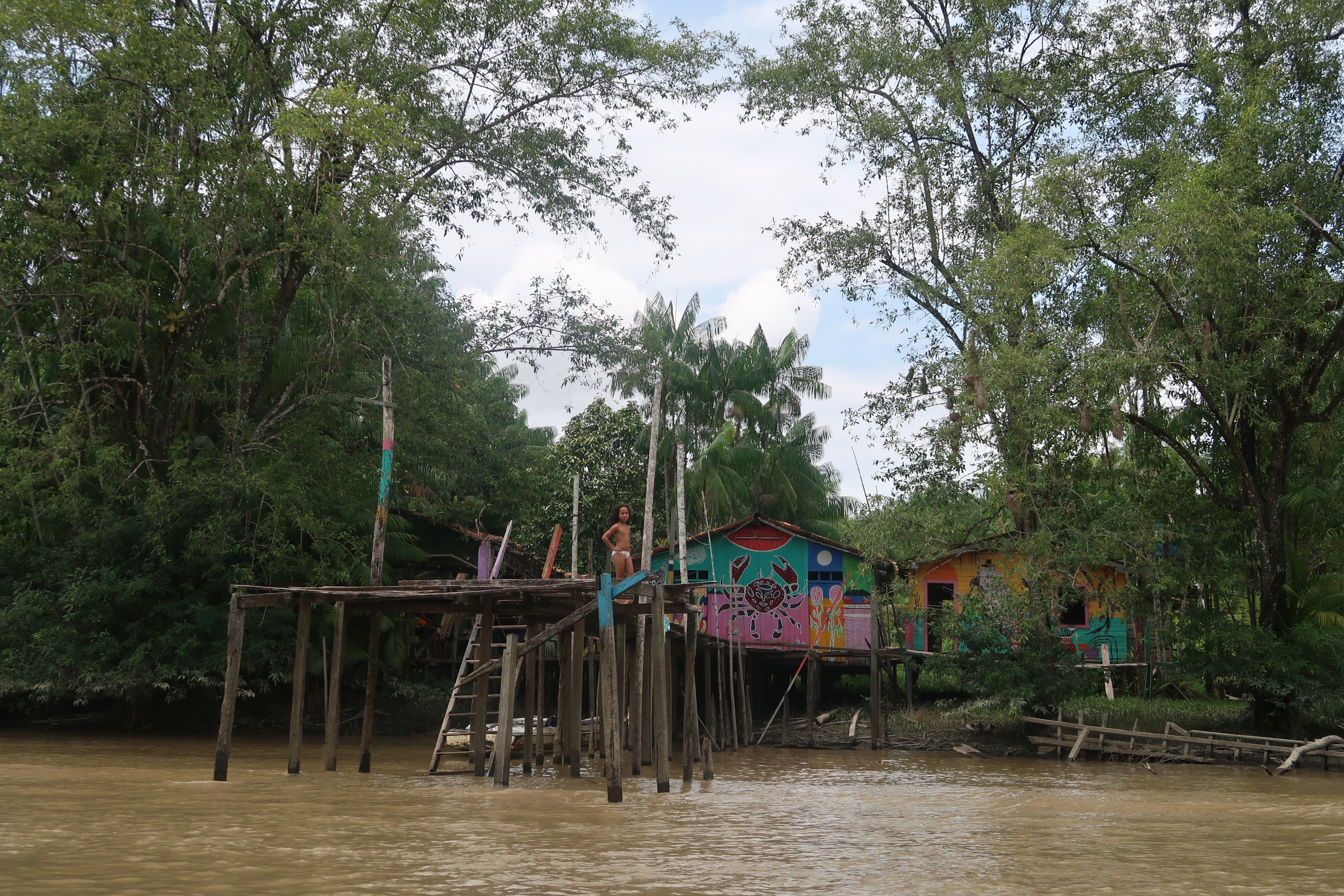
Restaurant on Ilha do Combu
On a Friday, I headed to Praça Princesa Isabel in the Condor neighborhood, where boats depart for the island. The crossing costs around R$ 10, depending on your destination and the number of people in the boat with you. Some of the most popular restaurants are Saldosa Maloca and Maloca do Pedro.
I wanted to venture off the beaten path, so I chose a lesser-known place called Boá (@boanailha on Instagram), which had been recommended by friends. Since it’s a bit farther and I was traveling solo, the boat drivers wanted to charge me R$ 30. Here’s a tip: contact the restaurant beforehand and ask them to arrange a boat for you (WhatsApp: +55 91 98049-4471).
The 15-minute boat ride itself was delightful—passing riverside homes on stilts decorated with graffiti, school boats, and peaceful scenery. I find the connection with rivers in this part of Brazil absolutely fascinating.
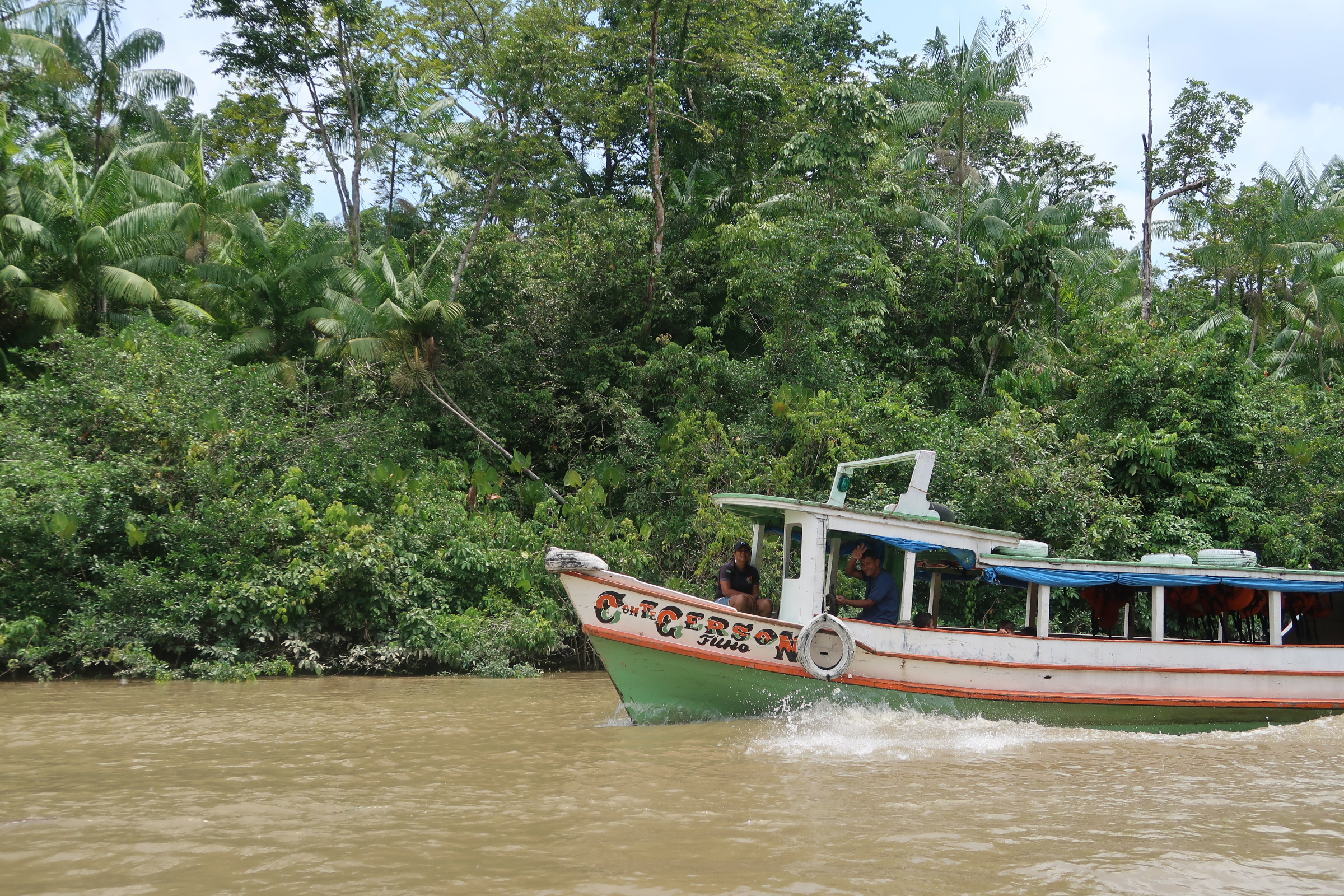
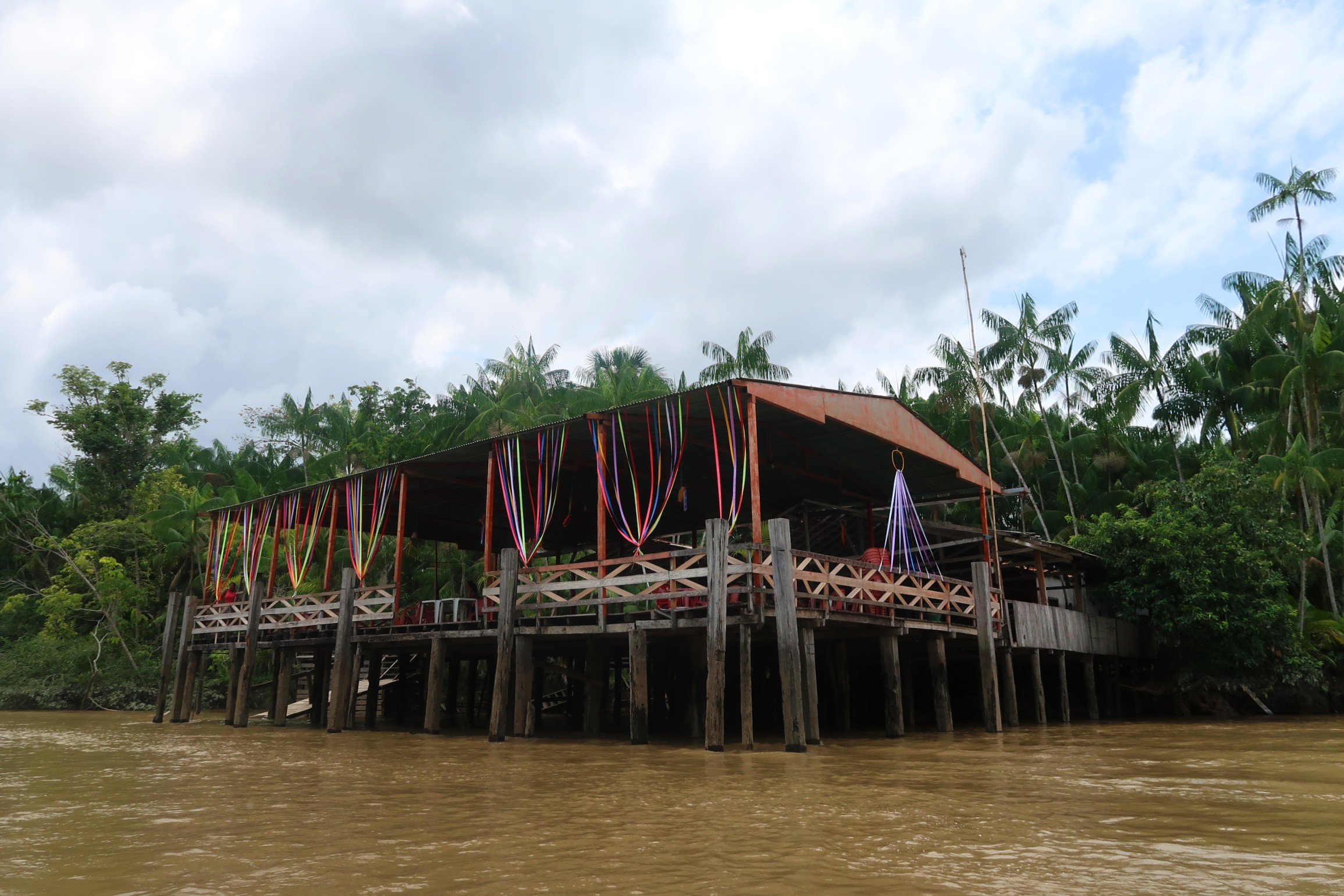
For lunch, I had a delicious caldeirada (like a fish stew) made with filhote (a local fish), pink shrimp, vegetables, jambu (the Amazonian herb I mentioned before), and boiled eggs, served with pirão (a manioc flour porridge) and rice. The dish, which serves four people, cost around R$ 100. Don’t eat meat? No problem: I girl I met there ordered a vegan plate with fried manioc, açaí palm hearts, jambu, and açaí flour farofa.
After eating, I enjoyed a refreshing river swim right next to the restaurant. Some of the bars also have playgrounds for kids and eco-trails around the island, which is great for families traveling with children.
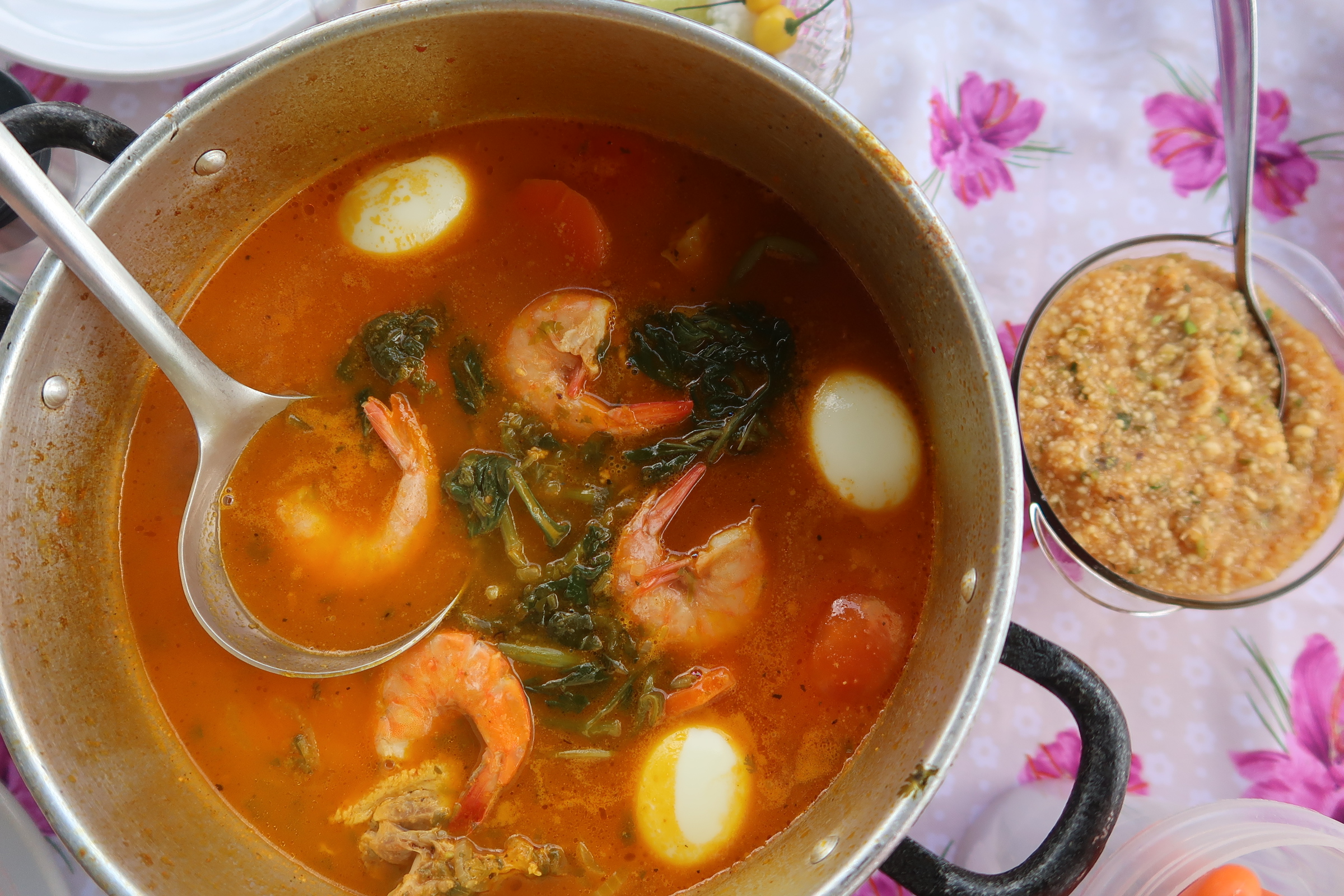
Important tips:
- Before visiting a restaurant on Ilha do Combu, confirm that it’s open. Many only operate from Friday to Sunday.
- Wear a swimsuit and bring insect repellent—or plan to leave before sunset, as there can be mosquitoes in the late afternoon.
Chocolate Tour at Filha do Combu
Two days later, I returned to Ilha do Combu for a tour offered by a small artisanal chocolate company called Filha do Combu. After a 15-minute boat ride along the Guamá River and into a narrow igarapé (Amazonian creek), we arrived at the Casa do Chocolate, where we sat in a circle to hear the inspiring story of Dona Nena, the entrepreneurial woman from Combu who founded the brand.
We learned that nearly every property on Combu has cacao trees, but most people prefer to harvest açaí because it sells quickly and easily. Dona Nena decided to invest in cacao, even though her family and neighbors thought it was a crazy idea. She spent years going to the market alone every Saturday to sell her cacao paste and brigadeiros (a traditional Brazilian desert) made with real chocolate and cacao nibs (I tried them and loved it!).
Our guide was excellent, explaining a lot about the chocolate-making process. We also sipped hot chocolate and enjoyed cakes and other treats made with their local chocolate. We then went on a short hike around the property to learn about cacao trees, açaí palms, sumaúma trees, and other native plants.
The tour ended at the gift shop—and of course, I couldn’t resist buying a few chocolate bars. The experience far exceeded my expectations! There’s also an option to participate in a hands-on chocolate-making workshop.
To book the tour, contact them through the link in their Instagram bio: @filhadocombu.
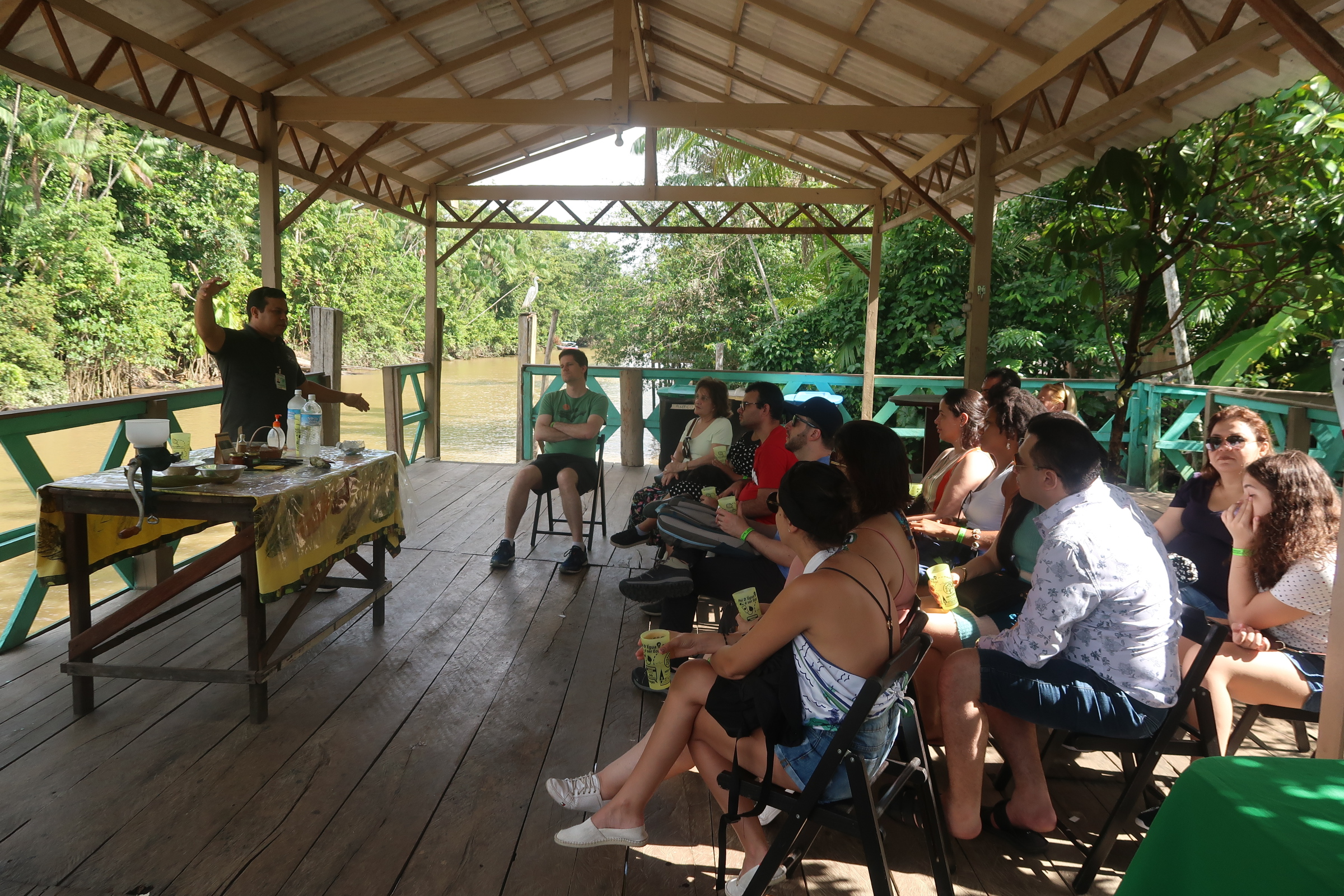
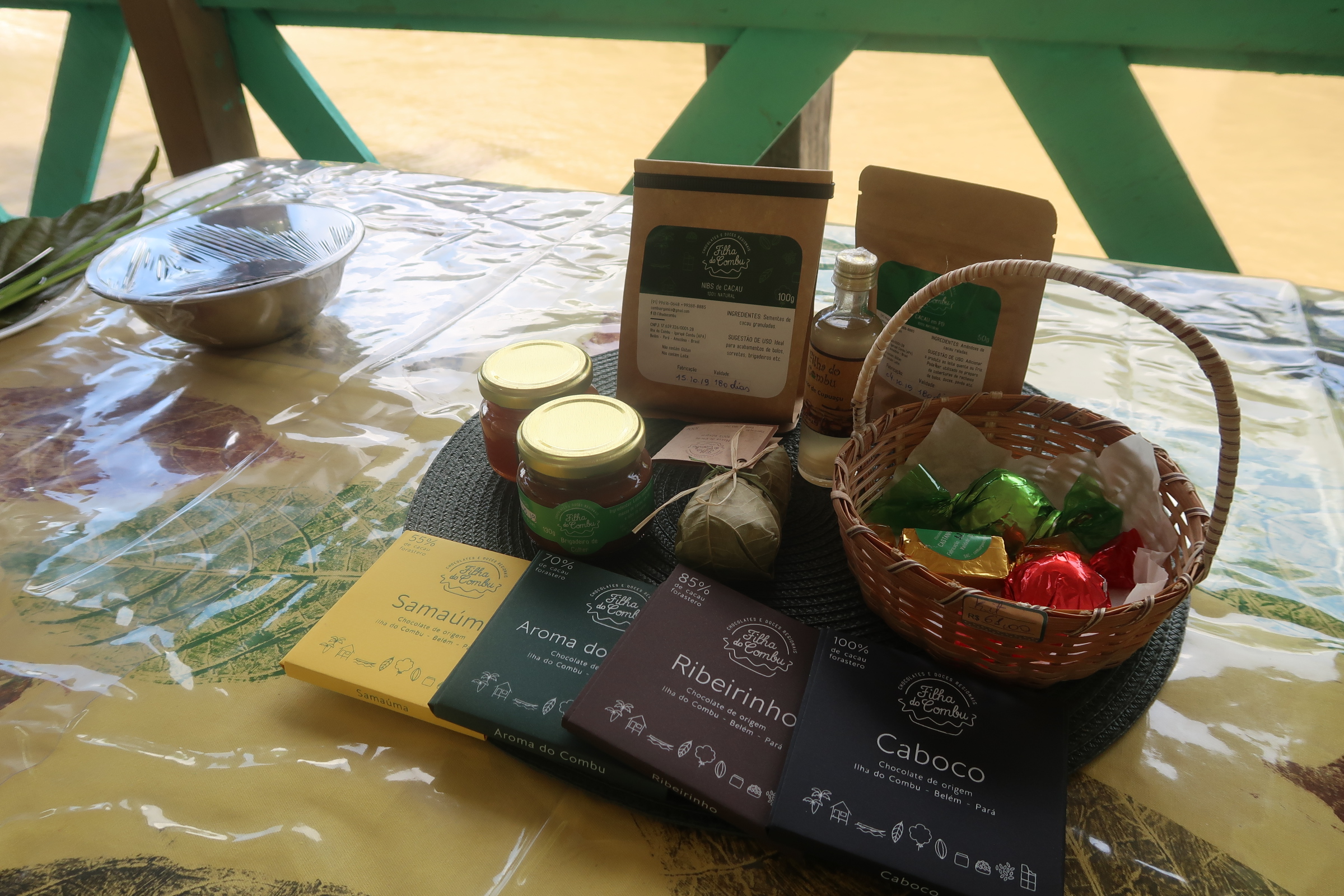
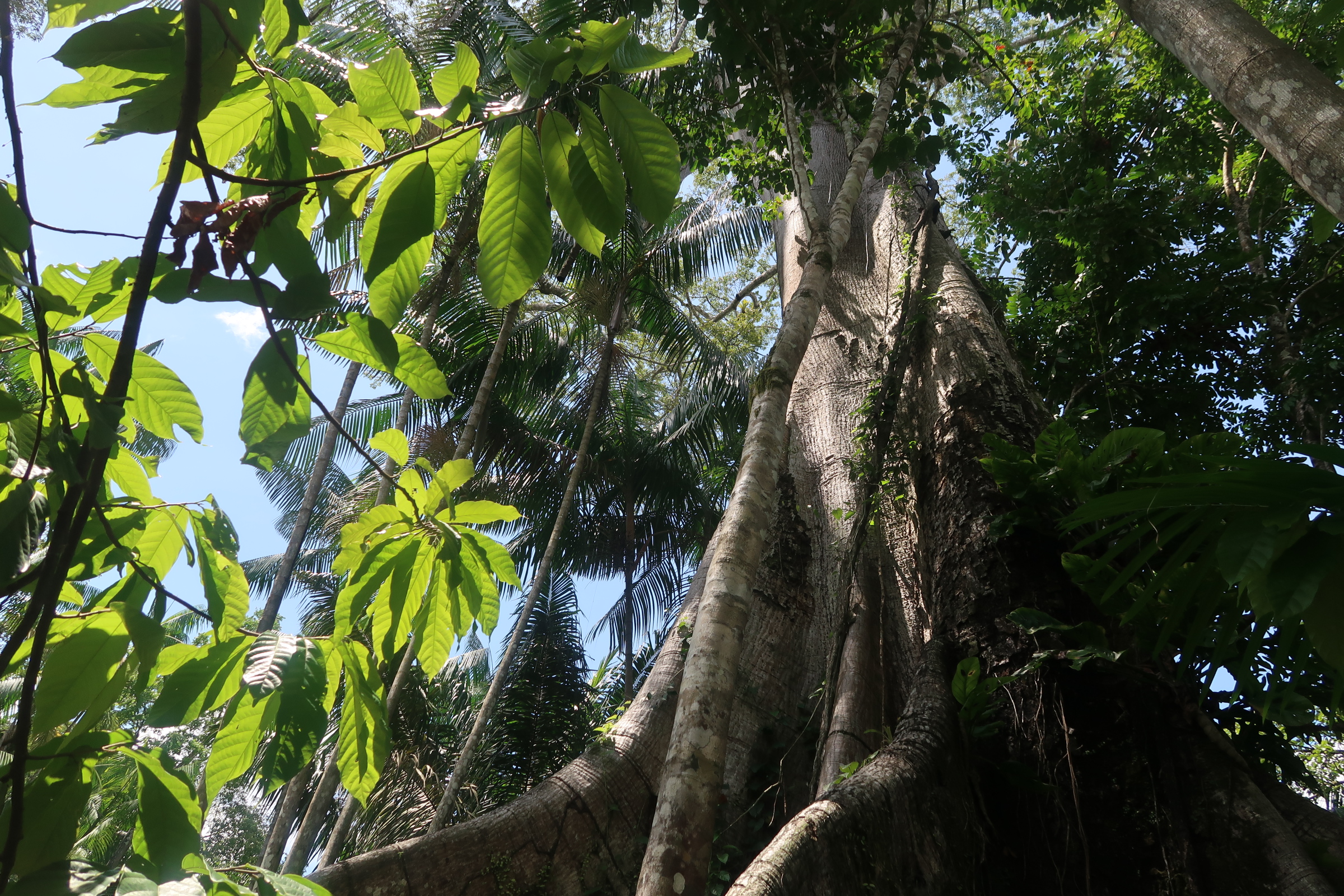
Emílio Goeldi Museum
Staying in the nature theme, another important tourist attraction in Belém is the Museu Paraense Emílio Goeldi, which conducts research on the socio-biodiversity and conservation of the Amazon region.
When I visited, the museum itself was closed, but it was still worth the trip because it is located within a zoobotanical park with other attractions, including walking trails, a café, and a small castle-like building. I’m not a fan of zoos, so I didn’t spend much time in the animal areas, but I found the vegetation stunning—especially the gorgeous water lilies.
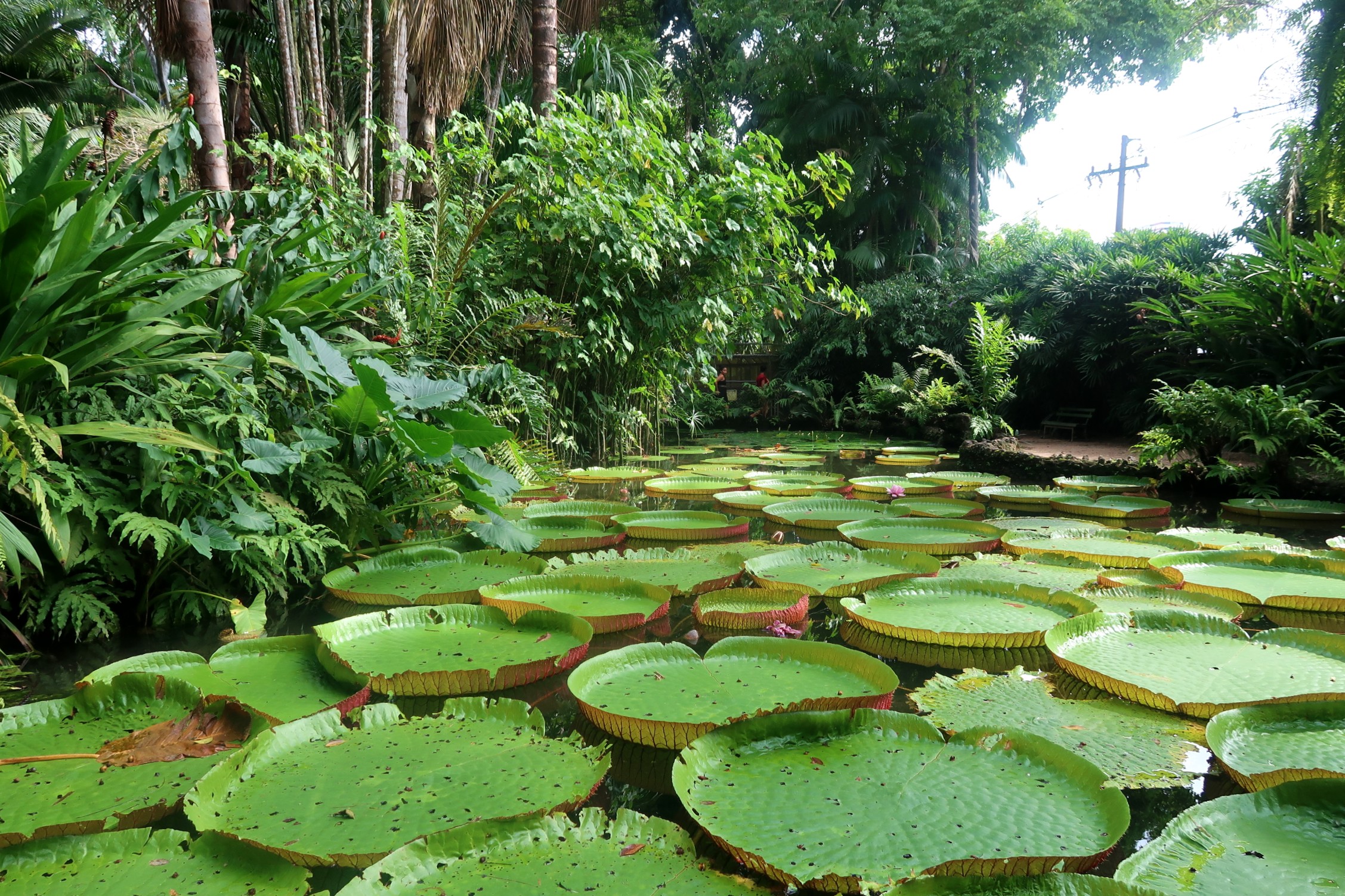
Basílica de Nazaré
From the Emílio Goeldi Museum, you can also walk to one of Belém’s main landmarks: the Basílica Santuário de Nossa Senhora de Nazaré do Desterro, most known as simply Basílica de Nazaré, built in 1909.
The Círio de Nazaré procession which I mentioned before starts at Catedral de Belém (the city’s Cathedral) and ends here at the Basílica. I visited two weeks after the Círio, and there were still celebrations related to the event. If you enjoy churches or are curious about the festival, it’s definitely worth a visit. I found the interior beautiful—and best of all, it’s air-conditioned (amen!).
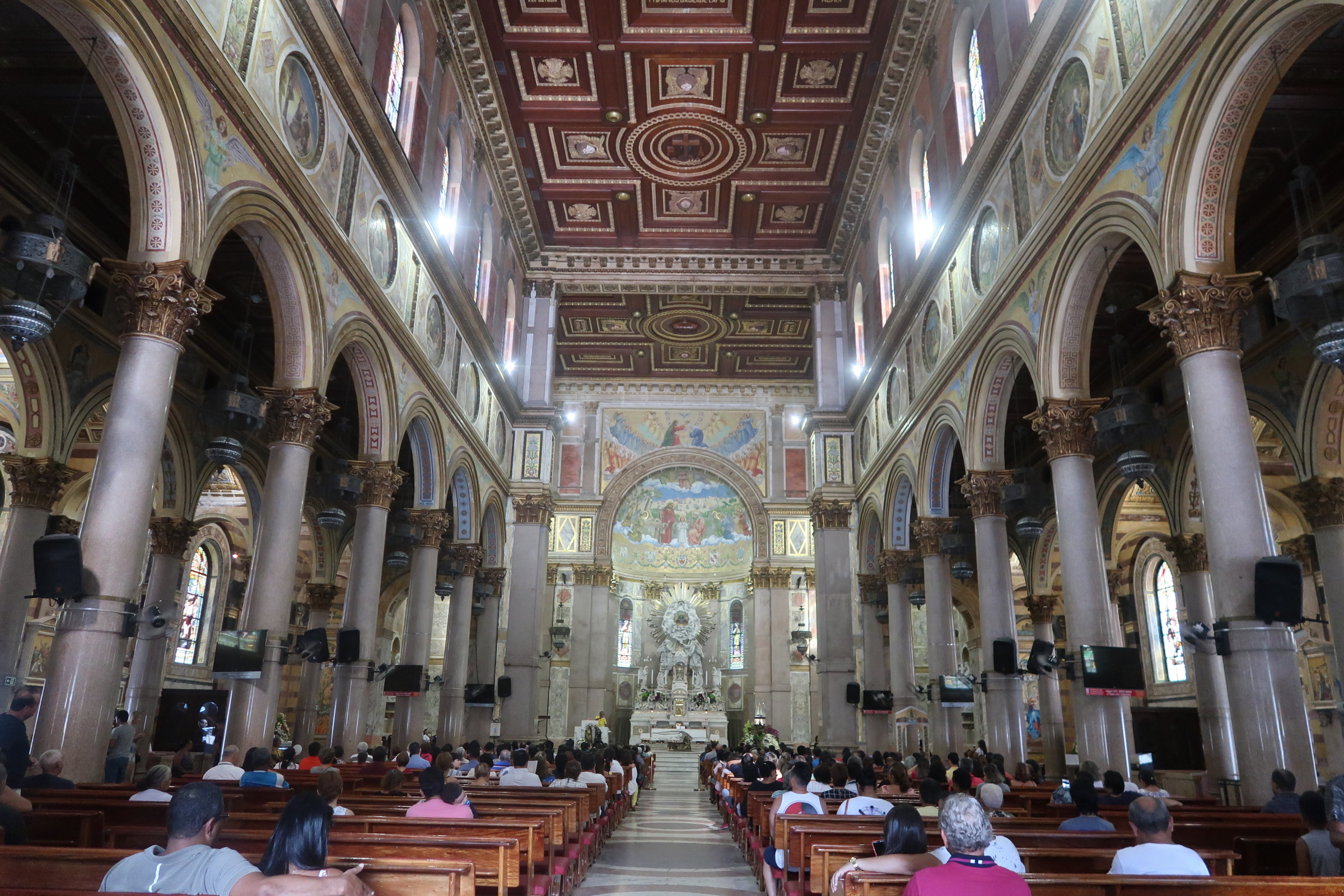
What to Eat in Belém, Brazil
Pará’s cuisine is an attraction in itself, and including traditional dishes in your Belém itinerary will make your trip even more delicious. The list of local delights is long, but here are some highlights:
- Duck Rice with Tucupi and Jambu (Arroz de pato no tucupi com jambu)
- Maniçoba
- Tacacá
- Crab Claws (Unha de Caranguejo)
- Filhote Fish with Açaí (Peixe Filhote com Açaí)
- Breaded Shrimp (Camarão empanado)
- Açaí, Tapioca, Brazil Nut, and Cupuaçu Ice Creams
- Jambu Caipirinha
Among the best restaurants in the city, it’s worth checking out Lúcia’s Kiosk at Ver-o-Peso Market, Roxy, Tacacá do Renato, Remanso do Peixe, Cairu Ice Cream Shop, and Tomaz Culinária do Pará. The latter is a sort of “fast food” chain, but I found it convenient because it has several locations throughout the city as serves many of the dishes mentioned above.
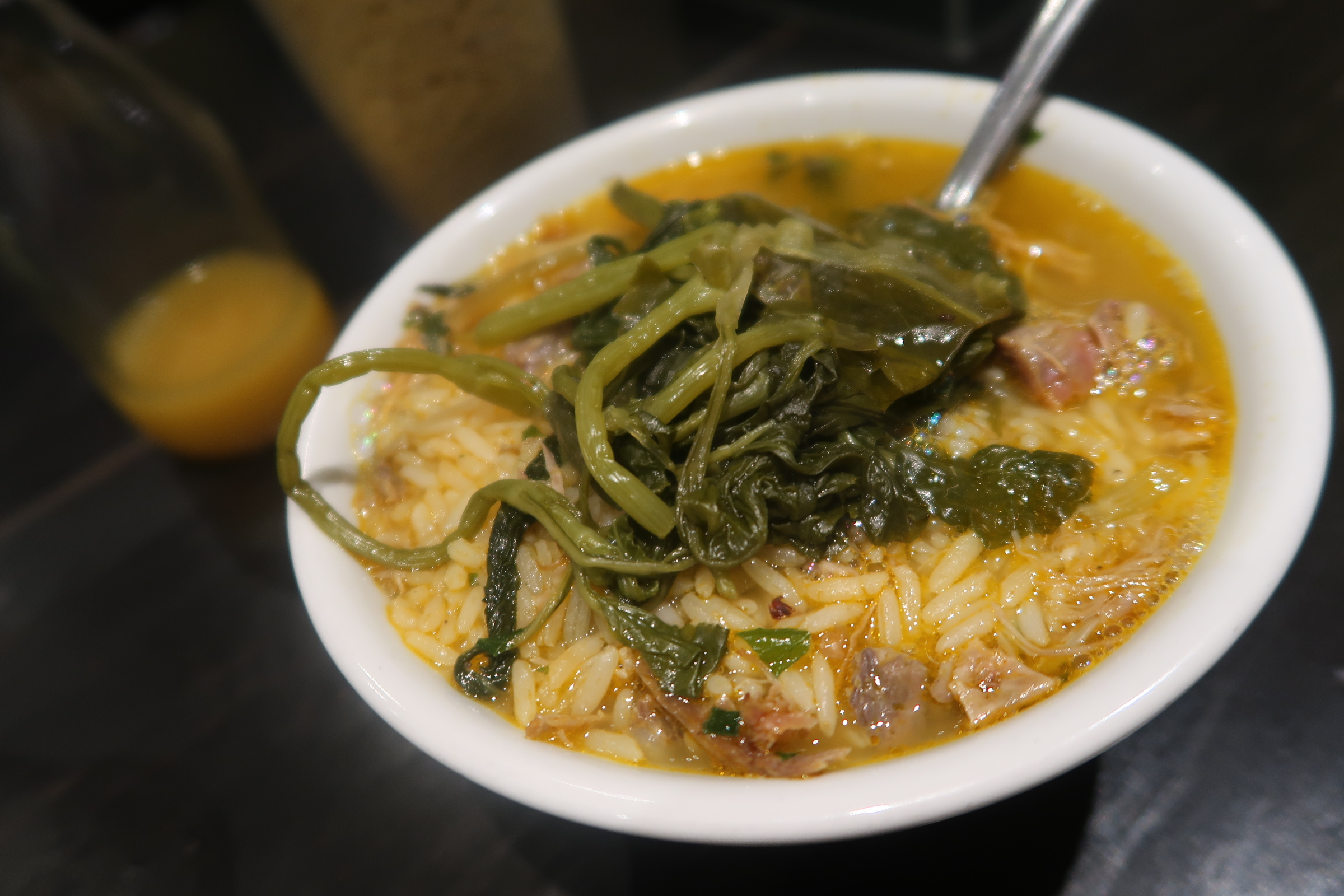
What to Do in Belém at Night
The nightlife in Belém do Pará is fantastic, especially if you like brega or carimbó (local music styles). I didn’t fully dive into the nightlife since I was usually tired from daytime activities, but I had fun at an aparelhagem (a large-scale sound system party) called Crocodilo at Point Show.
If you’re in the mood for some beers and jambu cachaça shots, a traditional spot is Meu Garoto, a bar with two locations. I’ve seen their cachaças sold in other parts of Brazil.
But what I truly loved was the carimbó night at Espaço Cultural Apoena, a bar with plenty of traditional food, live music, and dancing. I found the place beautiful, breezy, and had an amazing time! I’ve recommended it to many friends and they all loved it too. You can find them on Instagram: @espaco_cultural_apoena.

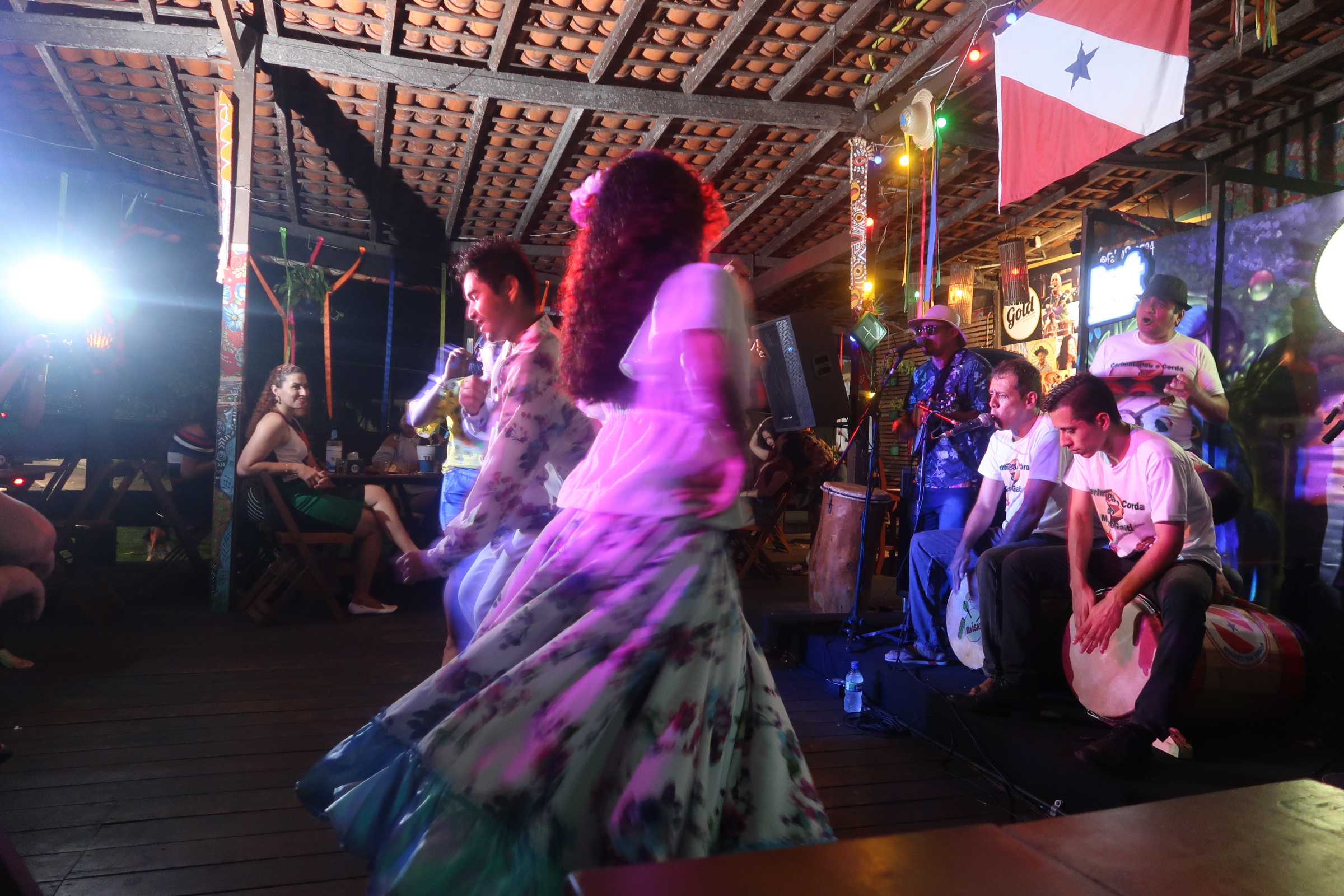
Best Things to Do Near Belém
In addition to all the activities in Belém, there are also great places outside the city where you can spend the day. Among the most popular options are Cotijuba Island and Mosqueiro Island.
Cotijuba Island
I chose to spend a day on Cotijuba Island. Getting there requires a bit of effort, but if you’re not heading to other river beach destinations like Alter do Chão or Marajó Island (which are more beautiful, but further away), it’s definitely worth it.
For those of us who grew up visiting ocean beaches, it’s almost hard to believe that this vast stretch of water (with waves and all!) is actually a river. That’s where I discovered how amazing it is to enjoy a beautiful beach without all the salt.
Out of the 42 islands in Belém’s archipelago, Cotijuba is the third largest, with 15 km of shoreline and 12 freshwater beaches. The island was named by its first inhabitants, the Tupinambá people, and Cotijuba means “golden trail” because of its clay-rich soil.
Cotijuba is well-known among locals for having once served as a prison island, but that’s part of its history now. Today, the island is peaceful, and most of the local population lives off fishing, subsistence farming, and tourism.
To get there, you’ll need to catch a boat from Icoaraci, a district about 20 km from downtown Belém. You can reach the Icoaraci Pier by bus, but I took an Uber, which cost around R$ 40. The boat ride takes about 1 hour and costs less than R$ 10 each way. Tickets are sold at a small kiosk right at the port.
When you arrive on the island, you’re greeted by the ruins of the old prison and will find plenty of motorized carriages called motorretes (carts attached to motorcycles) to help you get around.
There are beaches close to the port, such as Farol, Saudade, Flexeira, Funda, and Amor, which you can reach on foot. Expecting these to be more crowded, I decided to take a motorrete to a more distant beach called Vai-quem-quer. The trip took about 15 minutes.
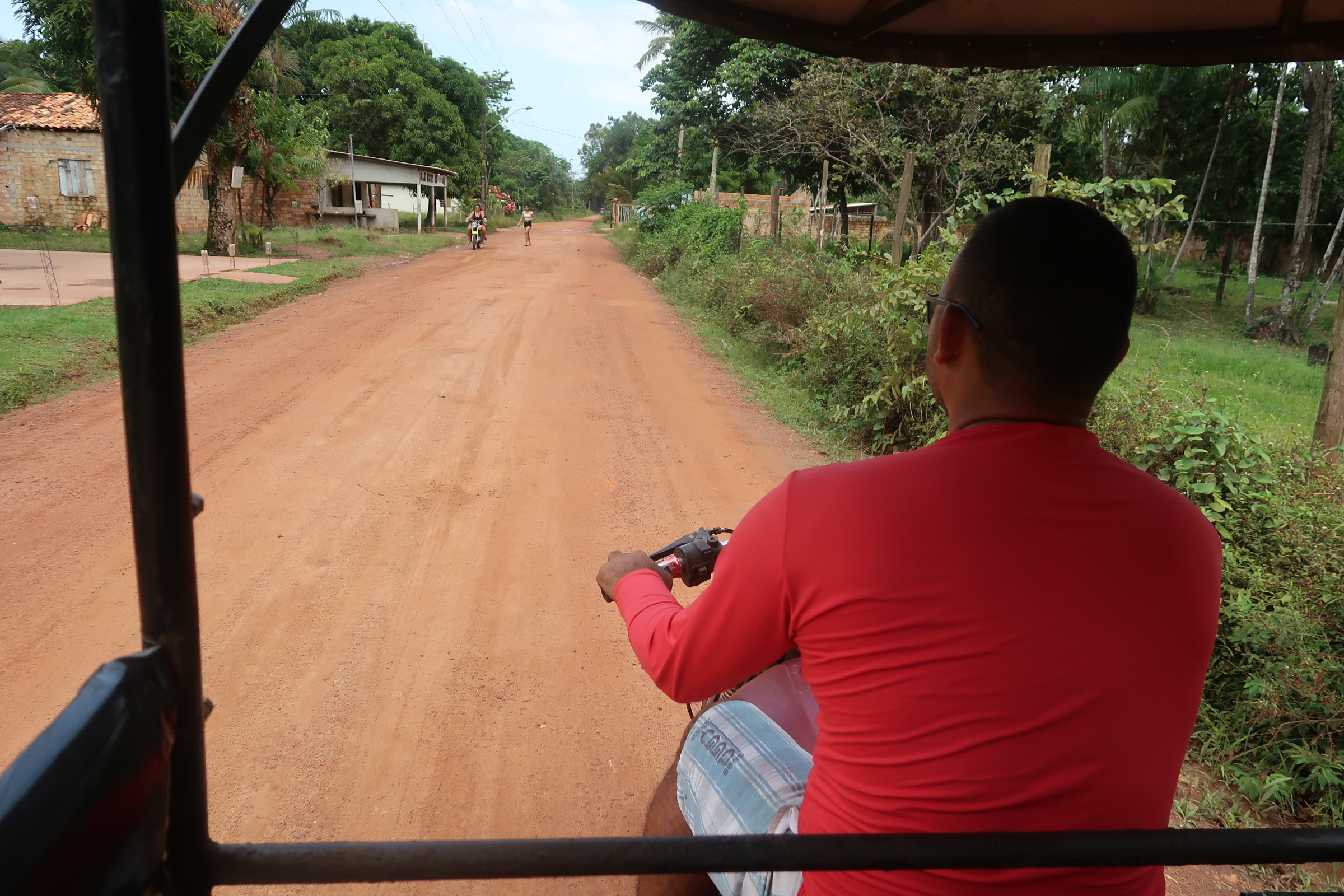
The driver dropped me off near the entrance of a somewhat crowded and pricey restaurant, but I kept walking to a quieter part of the beach and spent the day there. I had lunch at a much simpler restaurant—I didn’t note the name, but it was run by Márcio and his mother Sílvia, both super friendly. I enjoyed a delicious dourada fillet for less than R$ 20 and relaxed in a hammock with a cheap, cold beer (yes, most of the bars and restaurants there seem to have hammocks! I absolutely loved that).
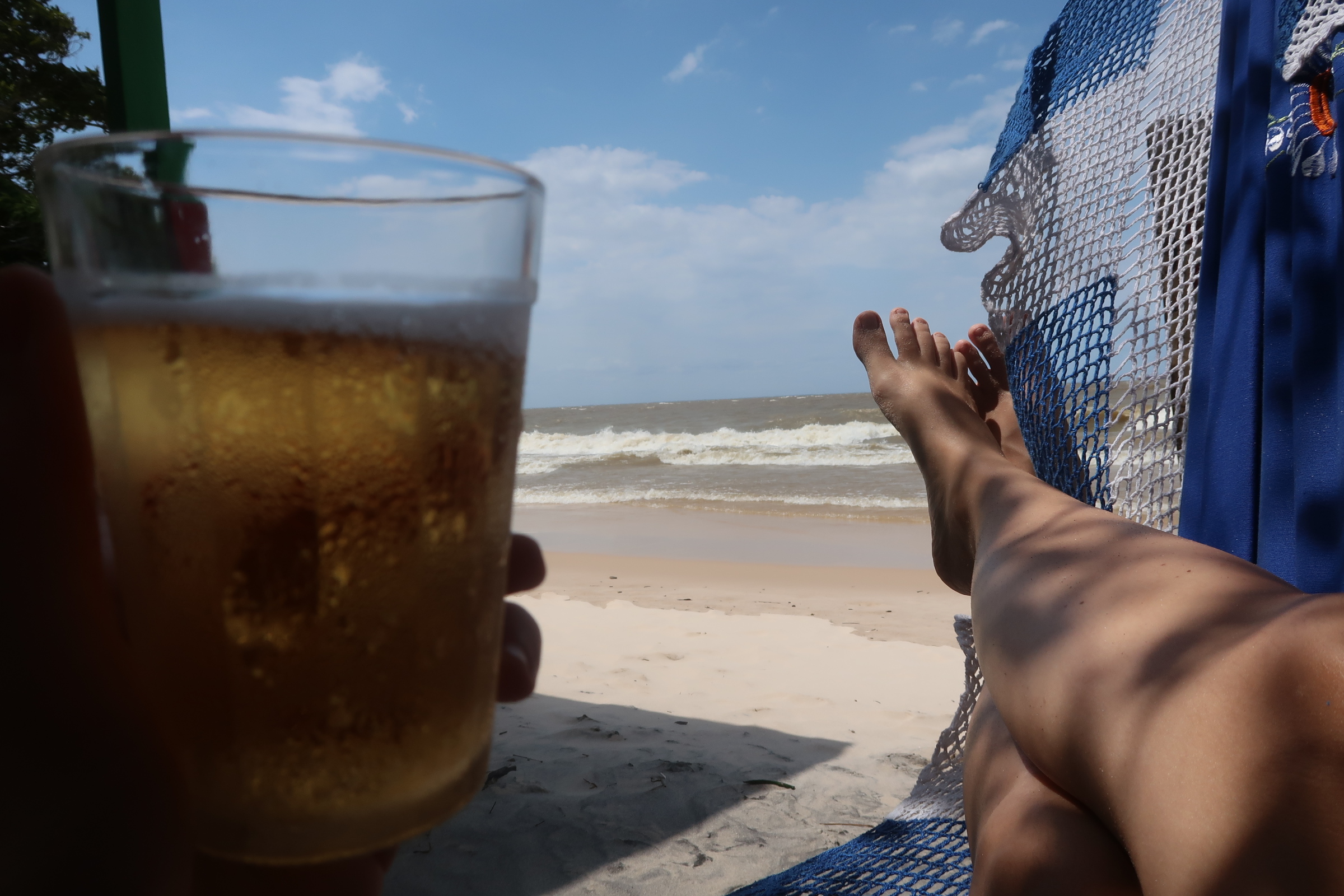
Oh, one cool thing I only found out about later is that Cotijuba is home to the headquarters of Movimento das Mulheres das Ilhas de Belém (Belém Islands Women’s Movement), an association of women entrepreneurs working on projects like bio-jewelry production and community-based tourism. Their HQ was closed when I visited, but if you’re interested, it’s worth reaching out to them in advance.
Important Tip:
Ask about the last boat back to Belém and arrive at the port early. On the day I went, I was told the last boat was at 6:30 PM, but it was already at the port by 5 PM and ended up leaving at 6:10 PM because it was full.
Mosqueiro Island
Another option for a day trip near Belém is Mosqueiro Island. I didn’t get a chance to visit, but from what I’ve researched, you can reach the island by car via the BR-316 and PA-391 highways, or by bus.
Mosqueiro is a district of Belém and the second-largest island in the region, featuring 17 km of freshwater beaches with tidal movements. The island has around 50,000 inhabitants, but during holidays and weekends, the population multiplies as it’s a popular getaway for locals.
What to Do in Belém do Pará in 3 or 4 Days: Itinerary
Want to organize your itinerary in Belém do Pará based on the attractions above? Here’s a suggested day-by-day plan for a 3 or 4-day trip:
Day 1:
- Círio Museum
- Meat Market
- Ver-o-Peso Market (have lunch there)
- Casa das 11 Janelas
- Forte do Presépio
- Enjoy a beer or ice cream at sunset at Estação das Docas
Day 2:
- Filha do Combu Chocolate Tour
- Lunch and afternoon at a restaurant on Combu Island
Day 3:
- Mangal das Garças
- Basílica de Nazaré
- Emílio Goeldi Museum
- Espaço Cultural Apoena
Day 4 (Optional):
- Relax on a river beach at Cotijuba Island or Mosqueiro Island
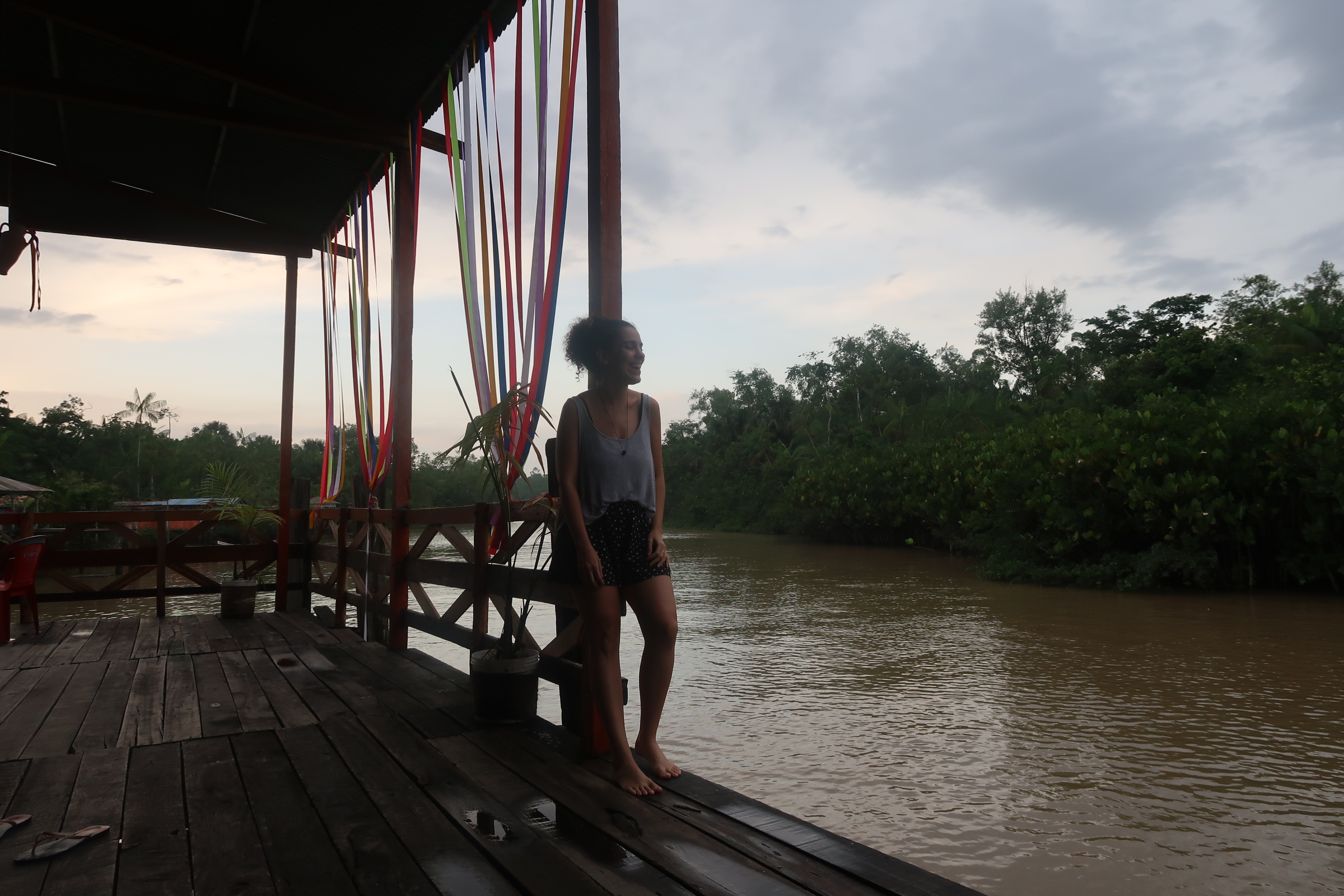
Where to Stay in Belém do Pará
The best neighborhoods to stay in Belém are Nazaré, Umarizal, Batista Campos, and Campina, but Cidade Velha and nearby areas are also great options. In general, I recommend checking the reviews of accommodations and their distance from Estação das Docas, a central tourist landmark.
I stayed in Nazaré for a few days, then went to Marajó Island, and upon returning, I spent a night in Campina. I liked both locations. Here on the blog, you’ll find a detailed article I wrote explaining more about the best places to stay in Belém, including tips on guesthouses, hotels, and hostels.
Free Accommodation in Belém: Volunteering with Worldpackers
You can also stay in Belém for free by doing volunteer work through Worldpackers. Here’s how it works: you help a host with a few hours of work per week, and in exchange, you get accommodation and other benefits like meals and tours. The conditions for each position are detailed on the platform.
There are great volunteering opportunities in Belém and other parts of Pará. Besides being a great way to save money, this type of travel allows for deeper cultural immersion.
If you’d like to apply for a position, there’s an annual fee of 59 USD, which gives you the right to volunteer as many times as you want in Brazil and dozens of other countries for a whole year. But if you click here or use the discount code JANELASABERTAS, you’ll pay only 49 USD.
To better understand how this type of travel works, check out my complete guide on work exchange.
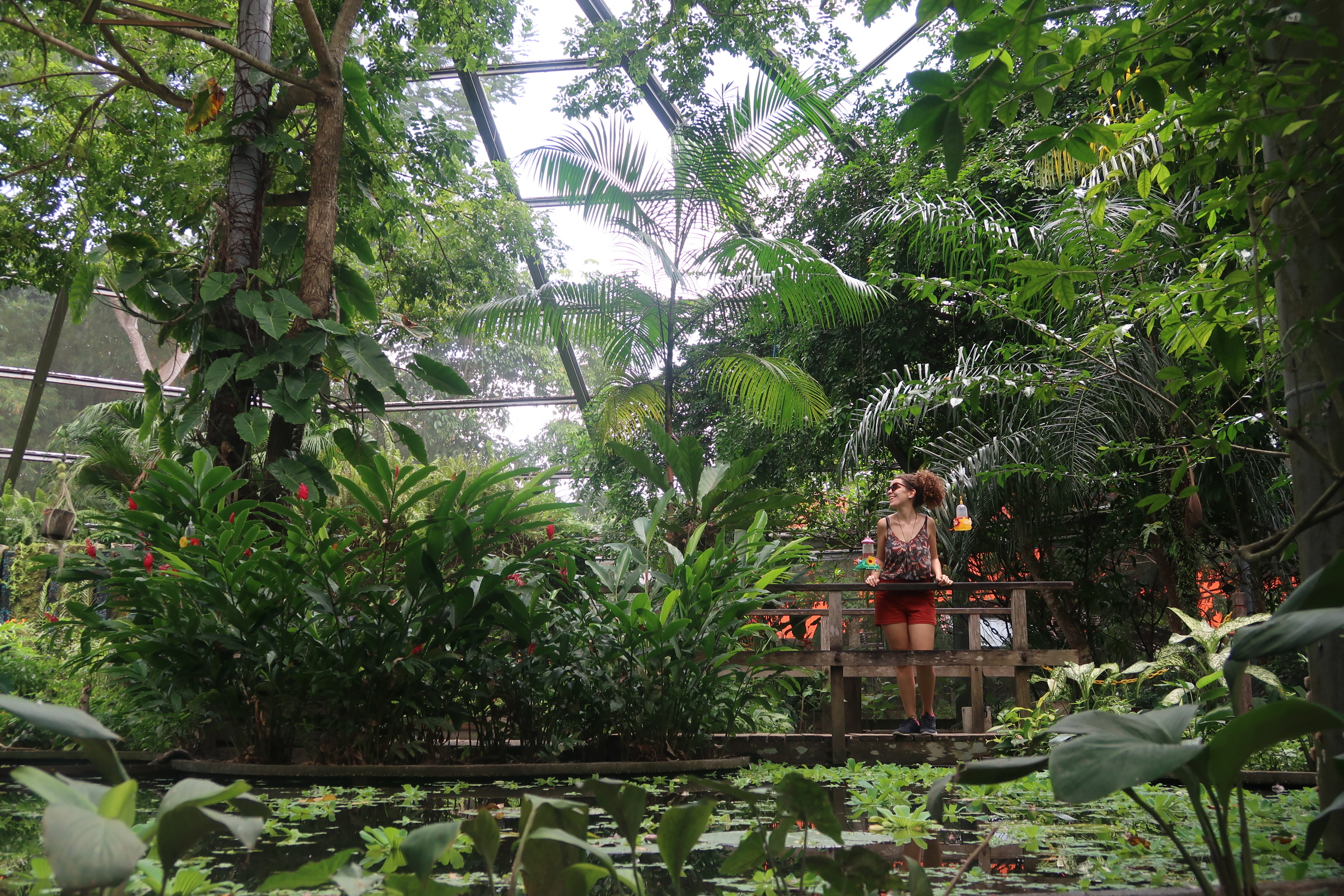
Did you enjoy these tips on things to do in Belém, Brazil? I hope you fall in love with the city as much as I did!




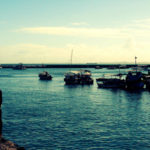





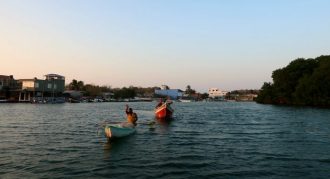



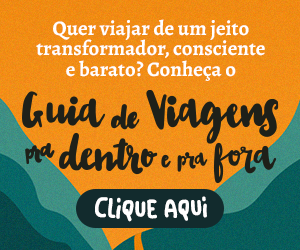

0 Comentários